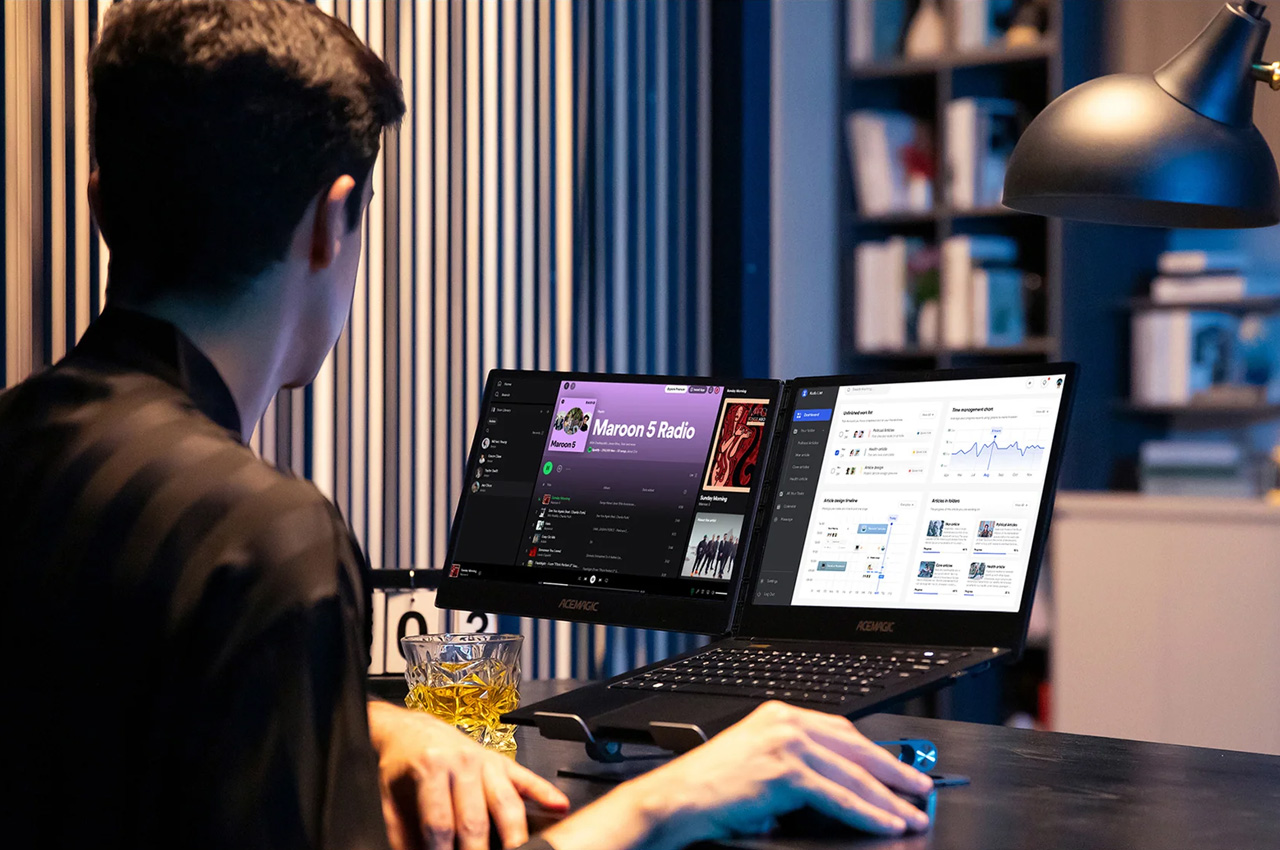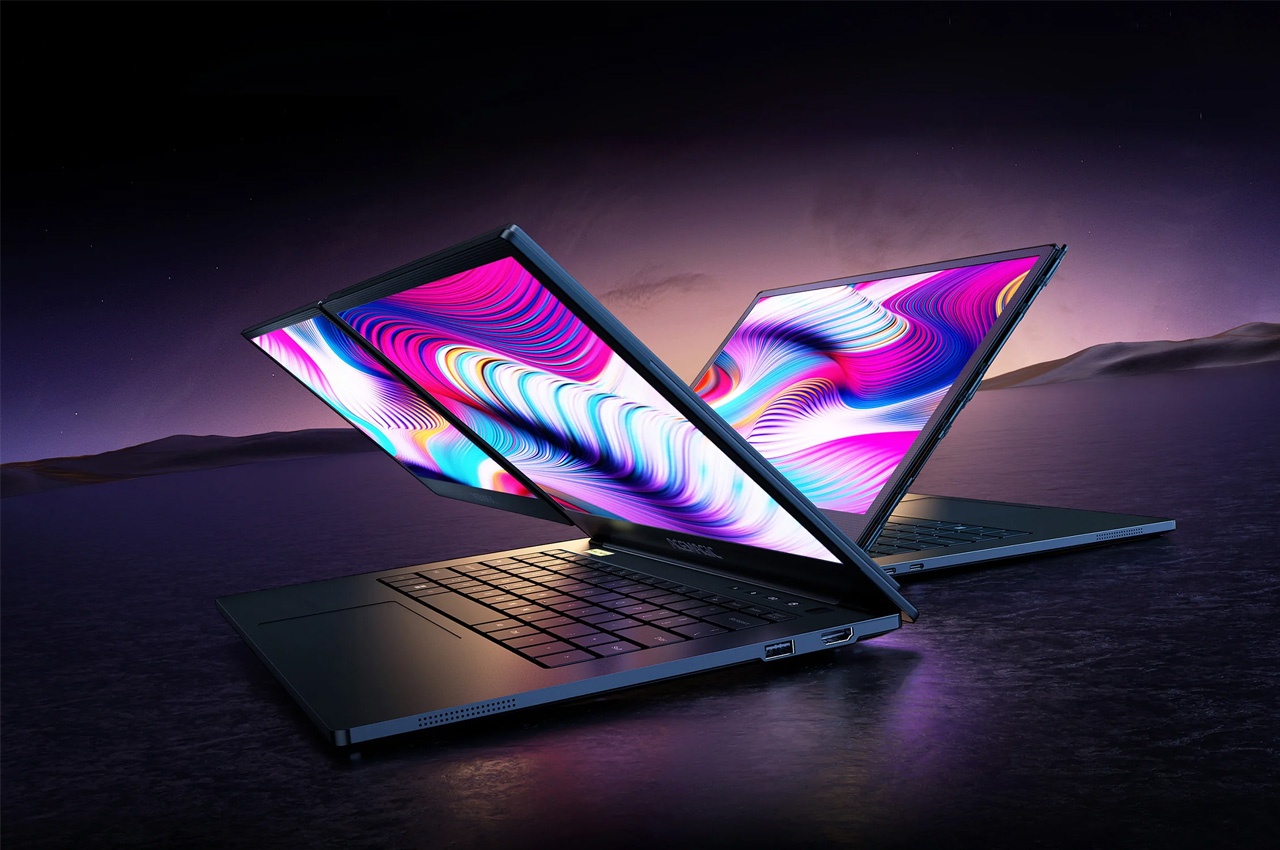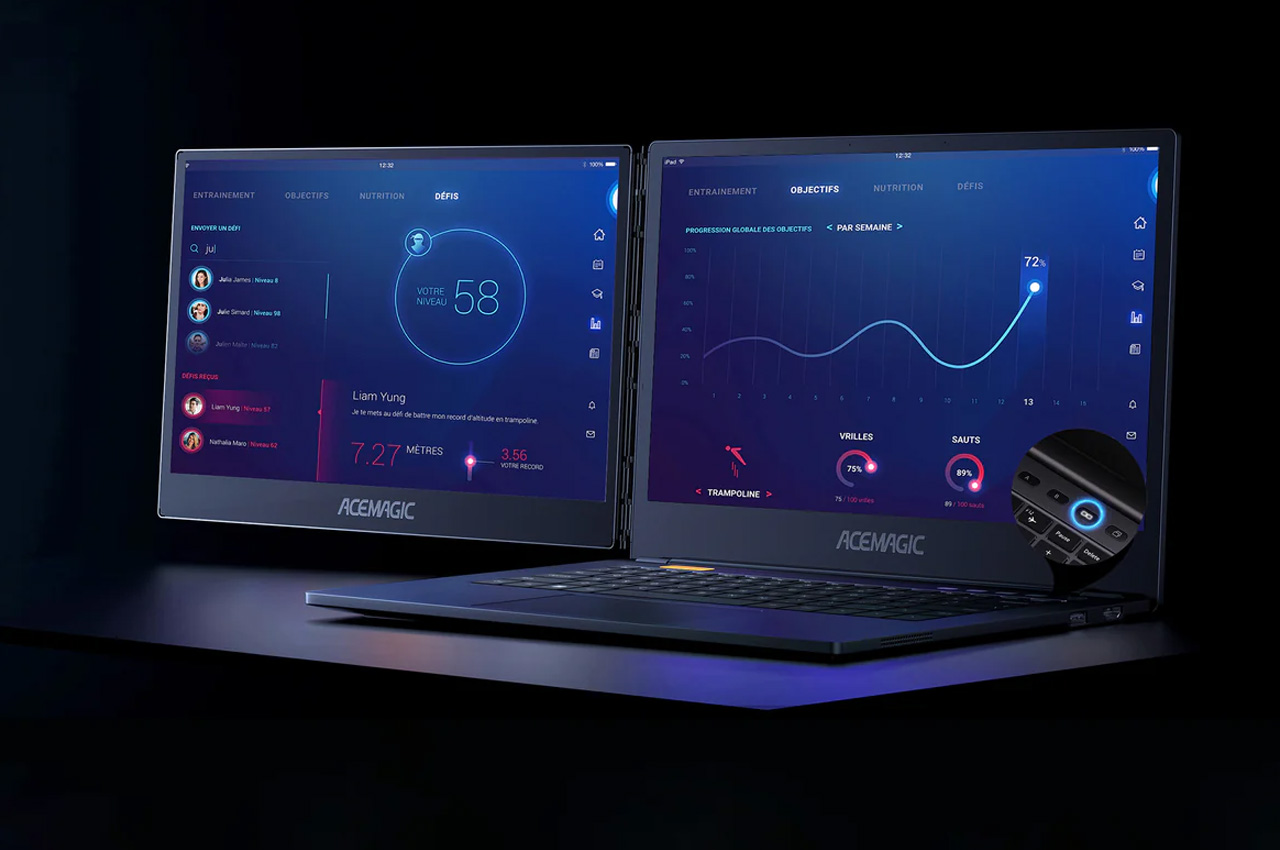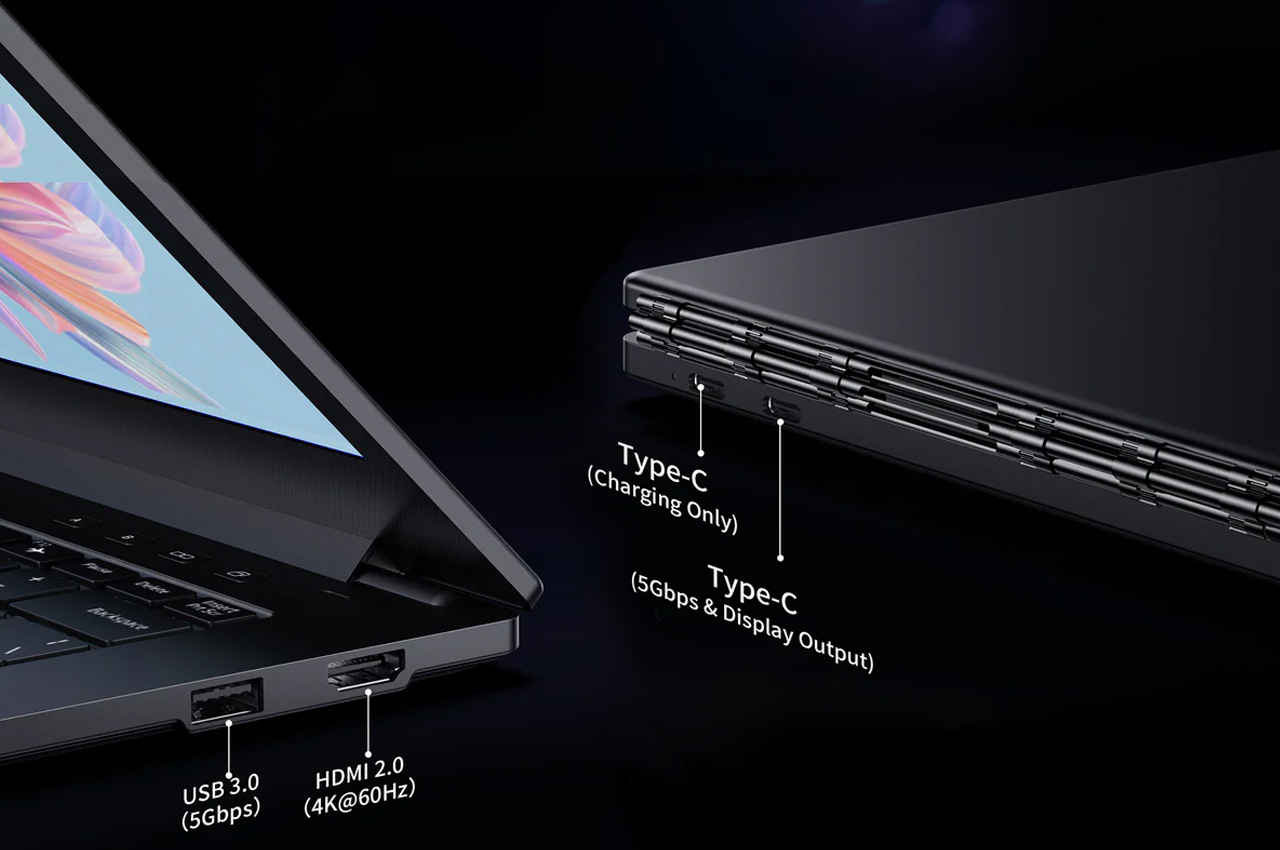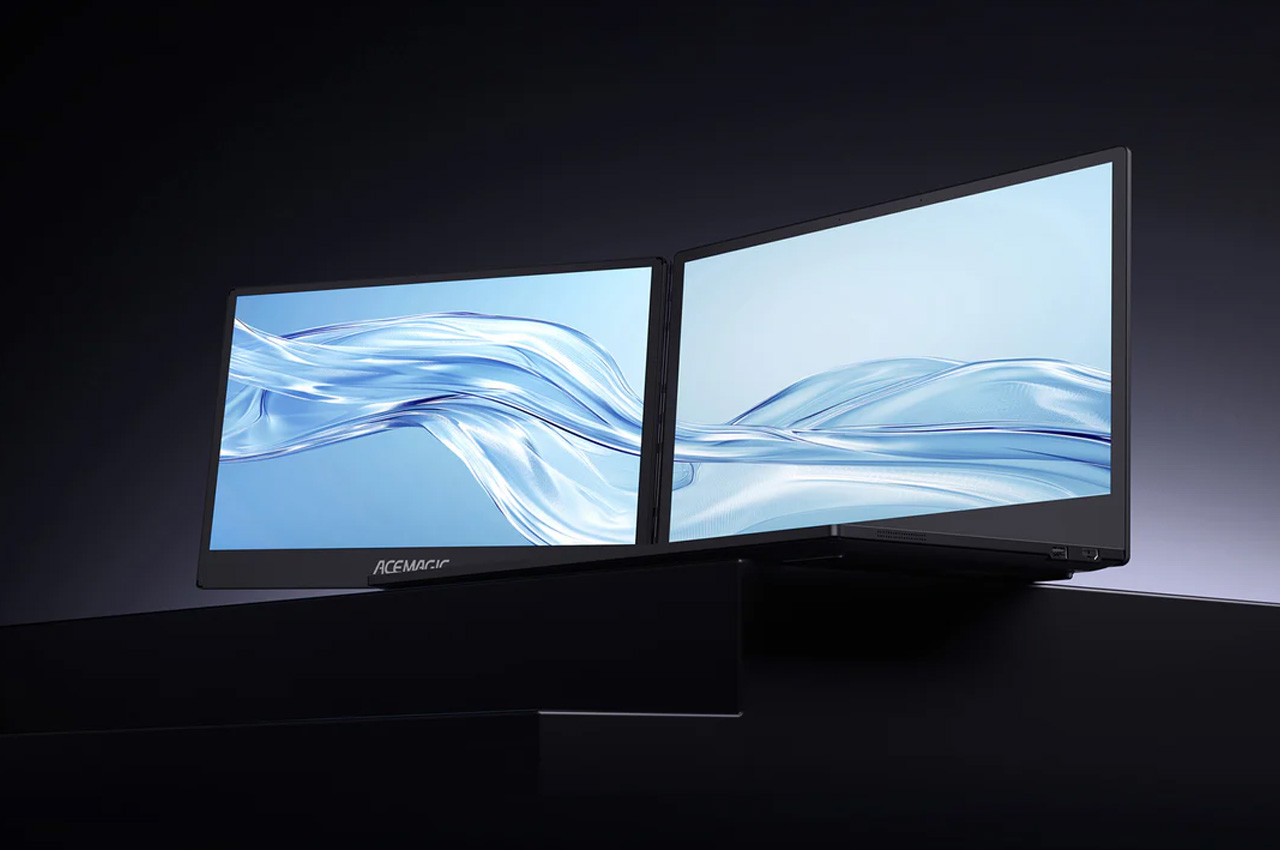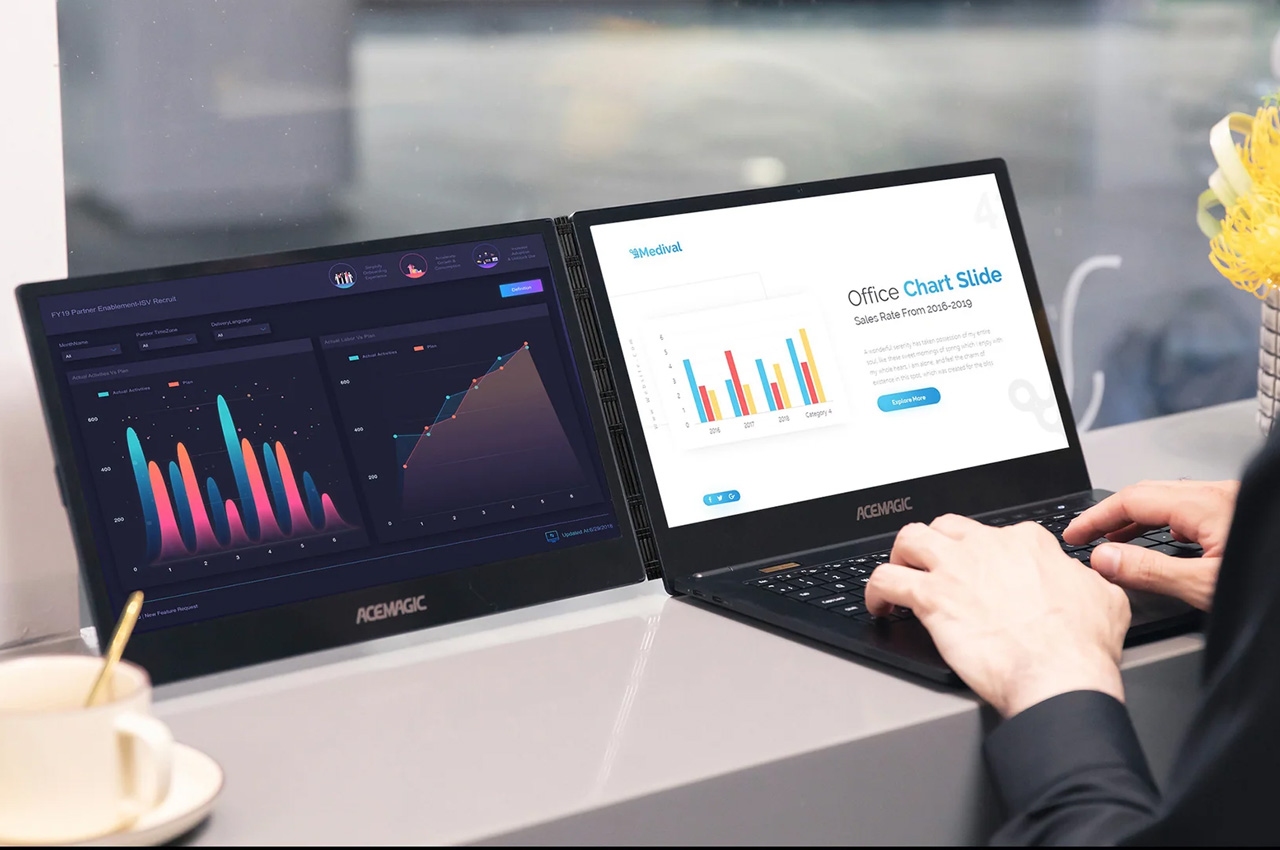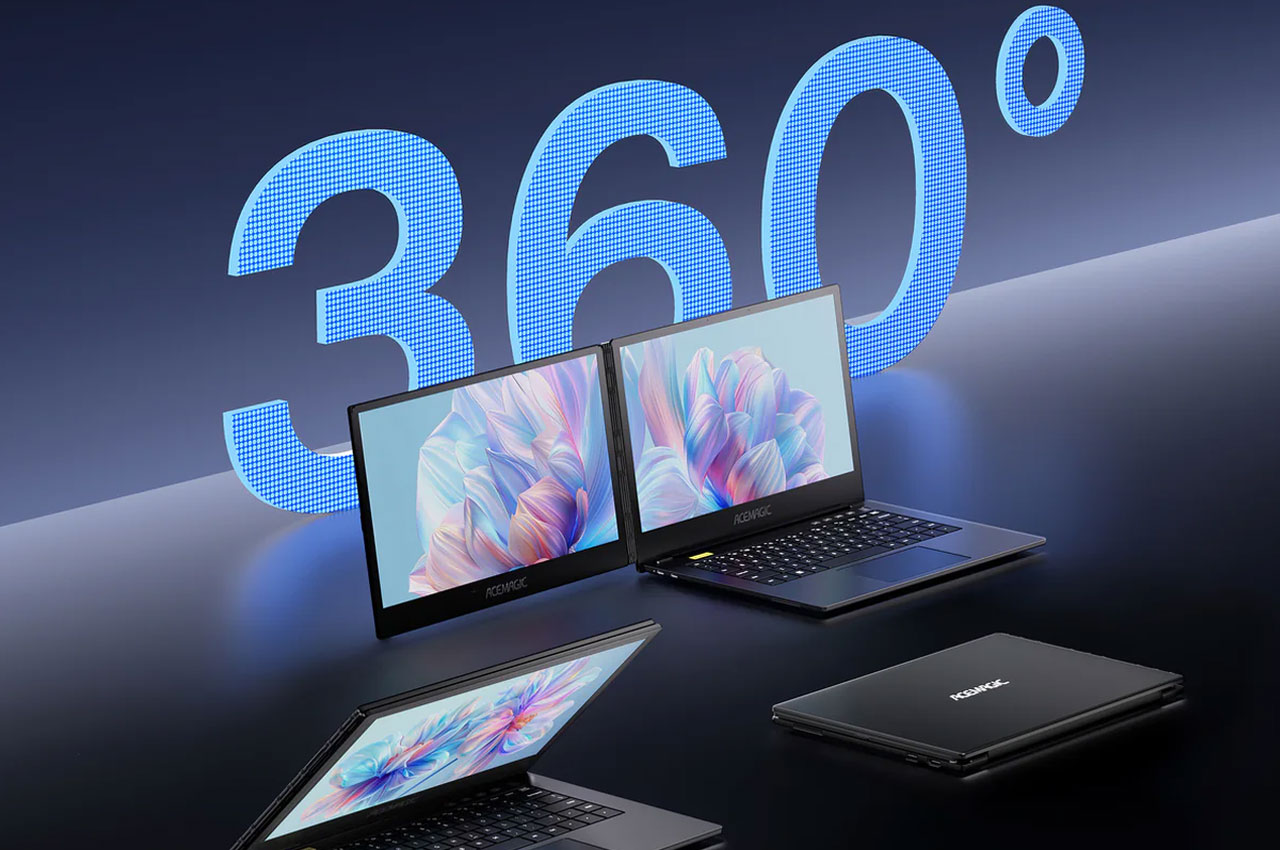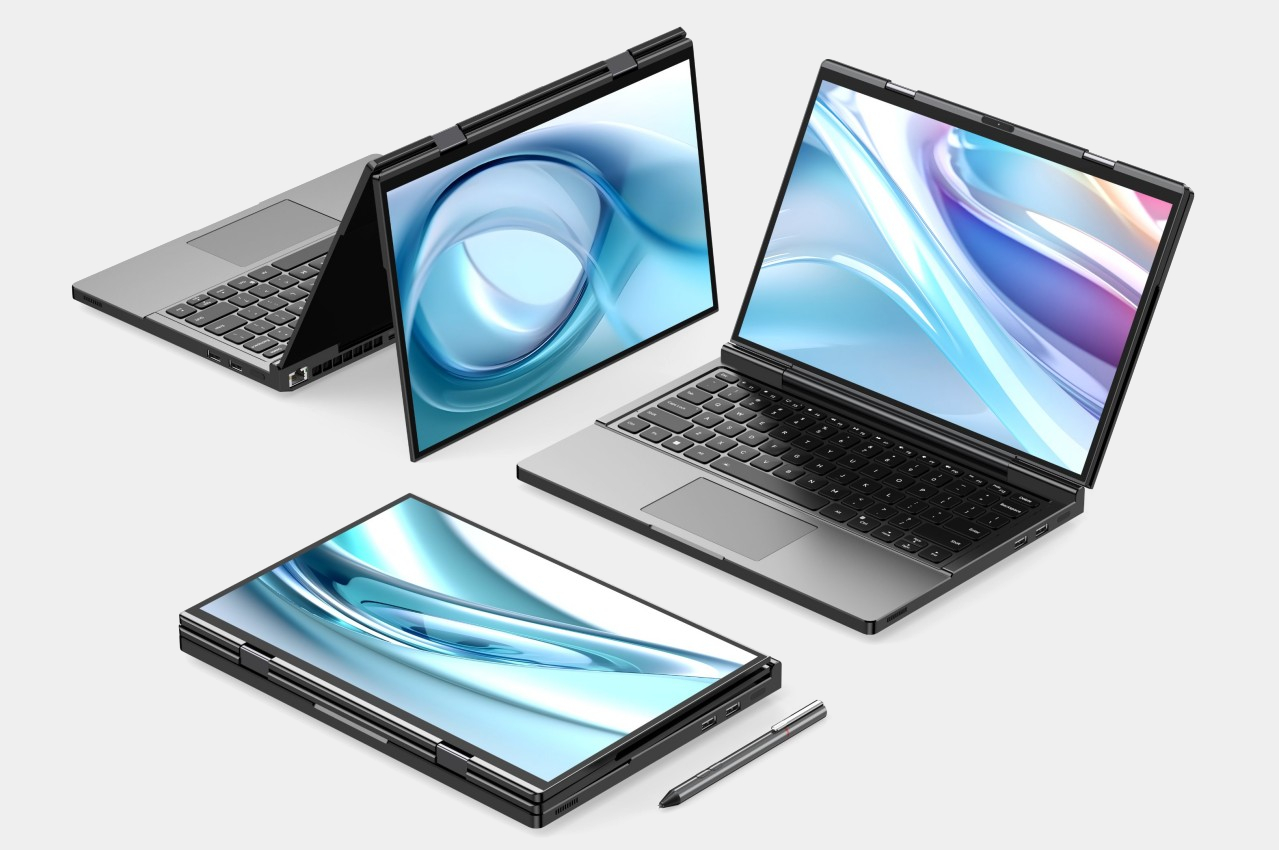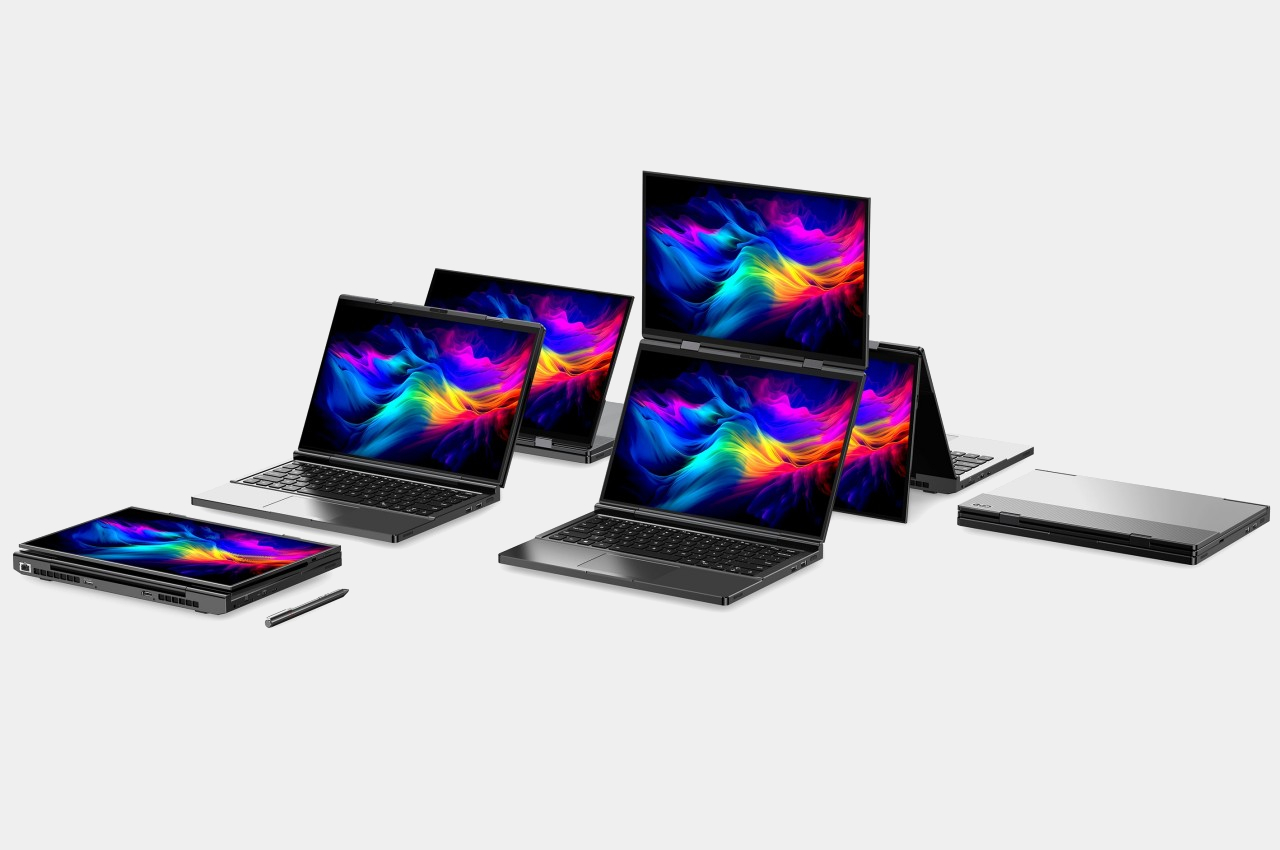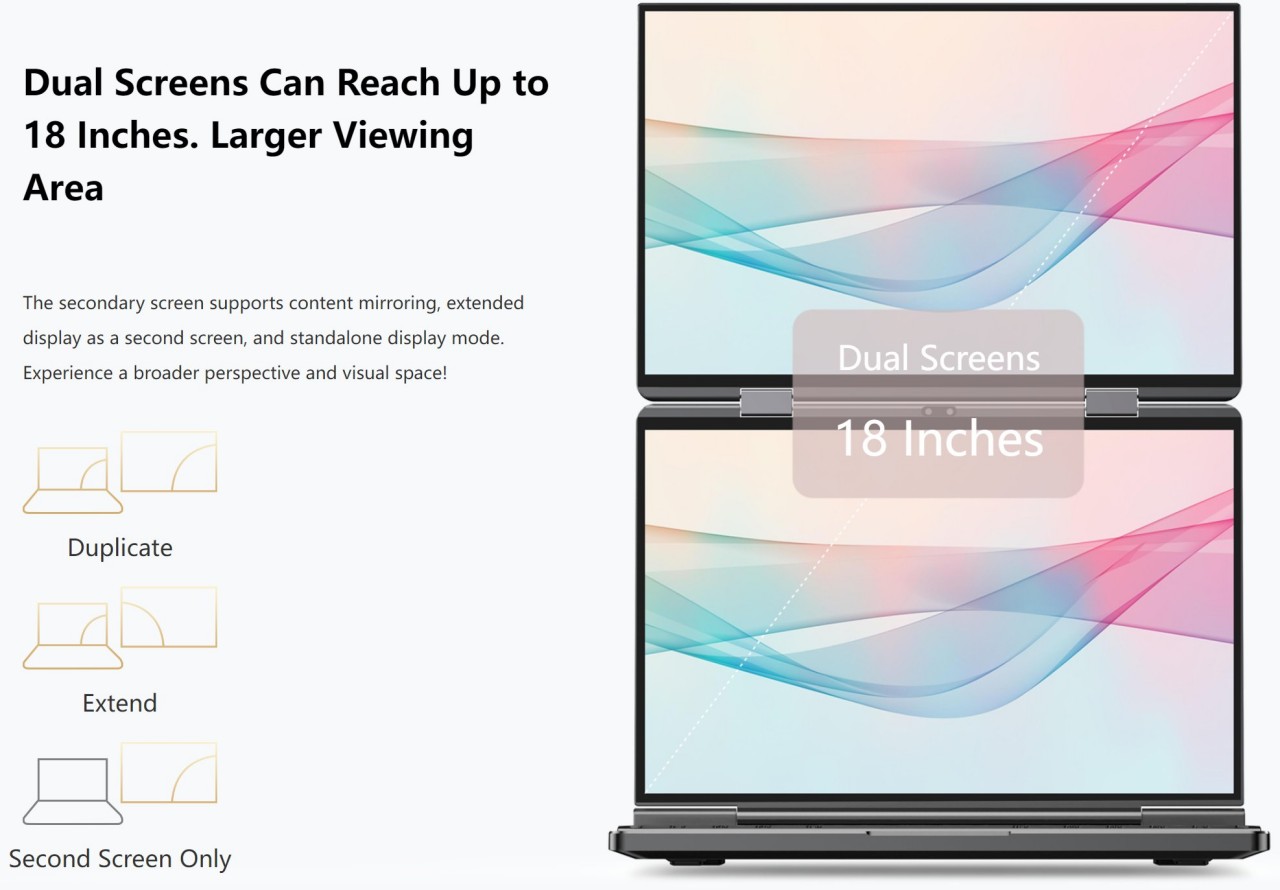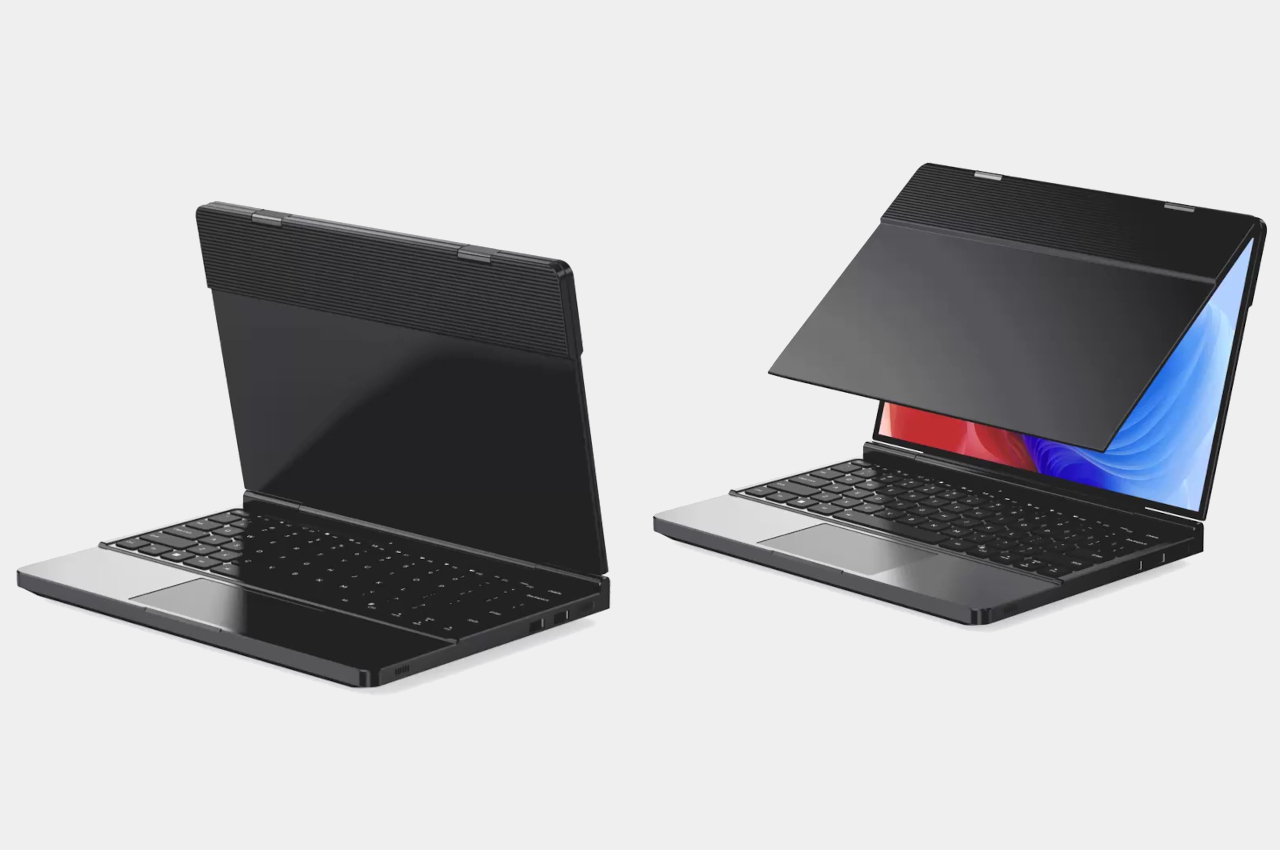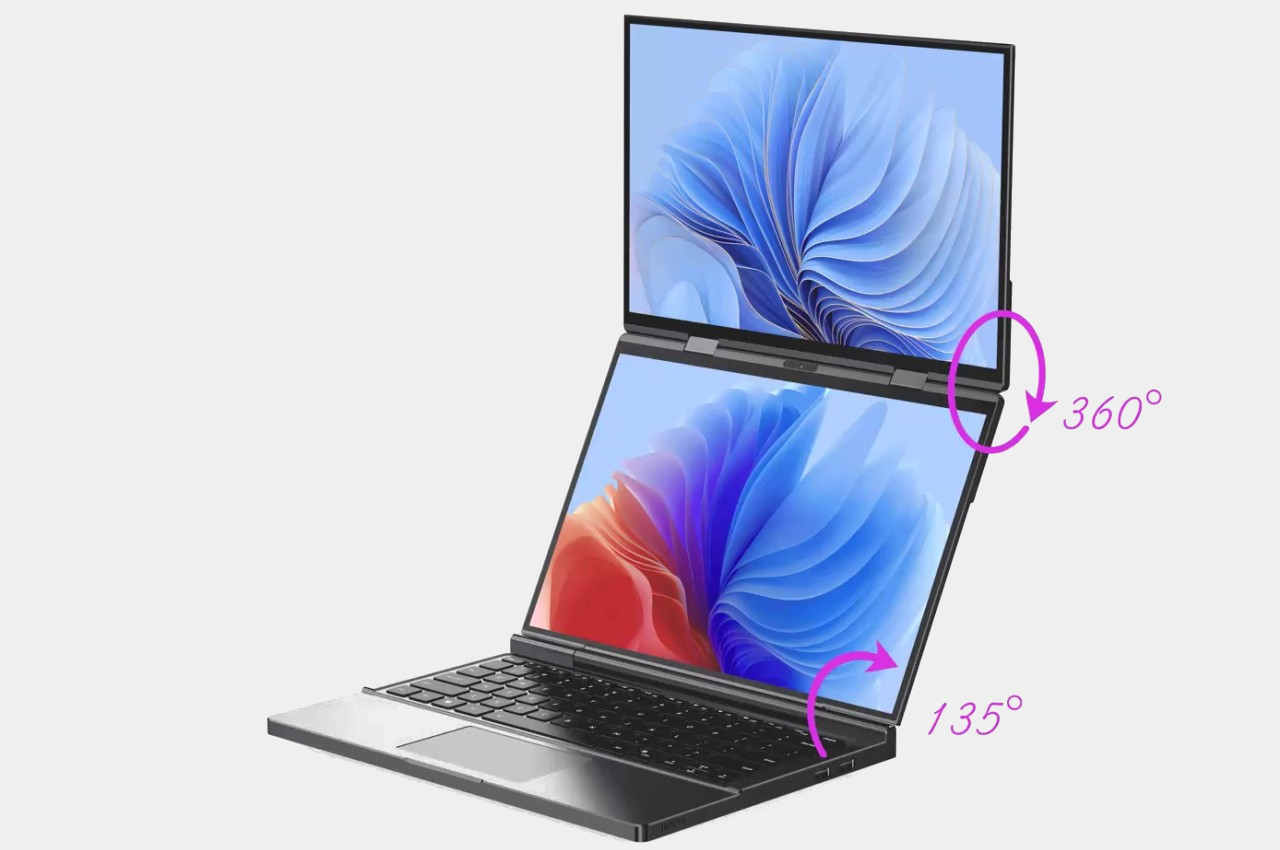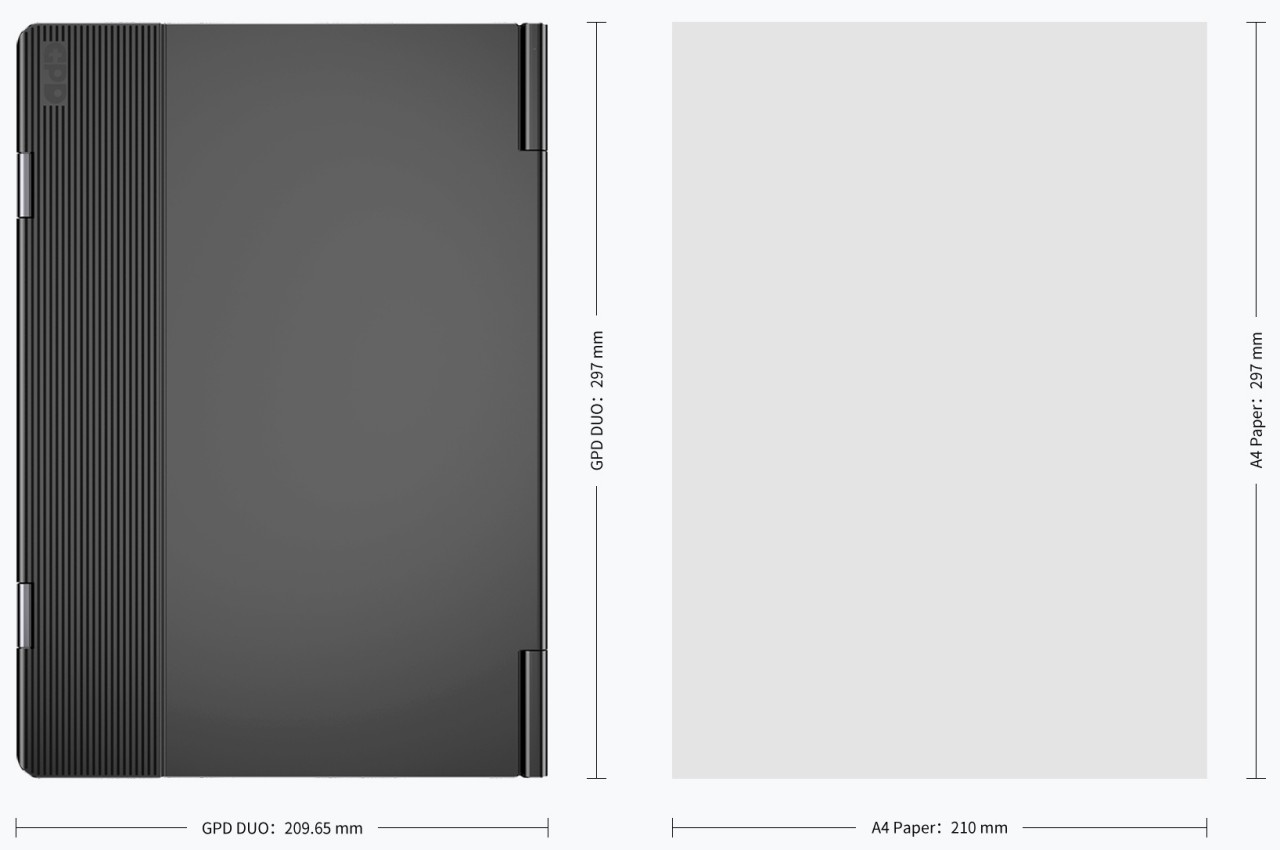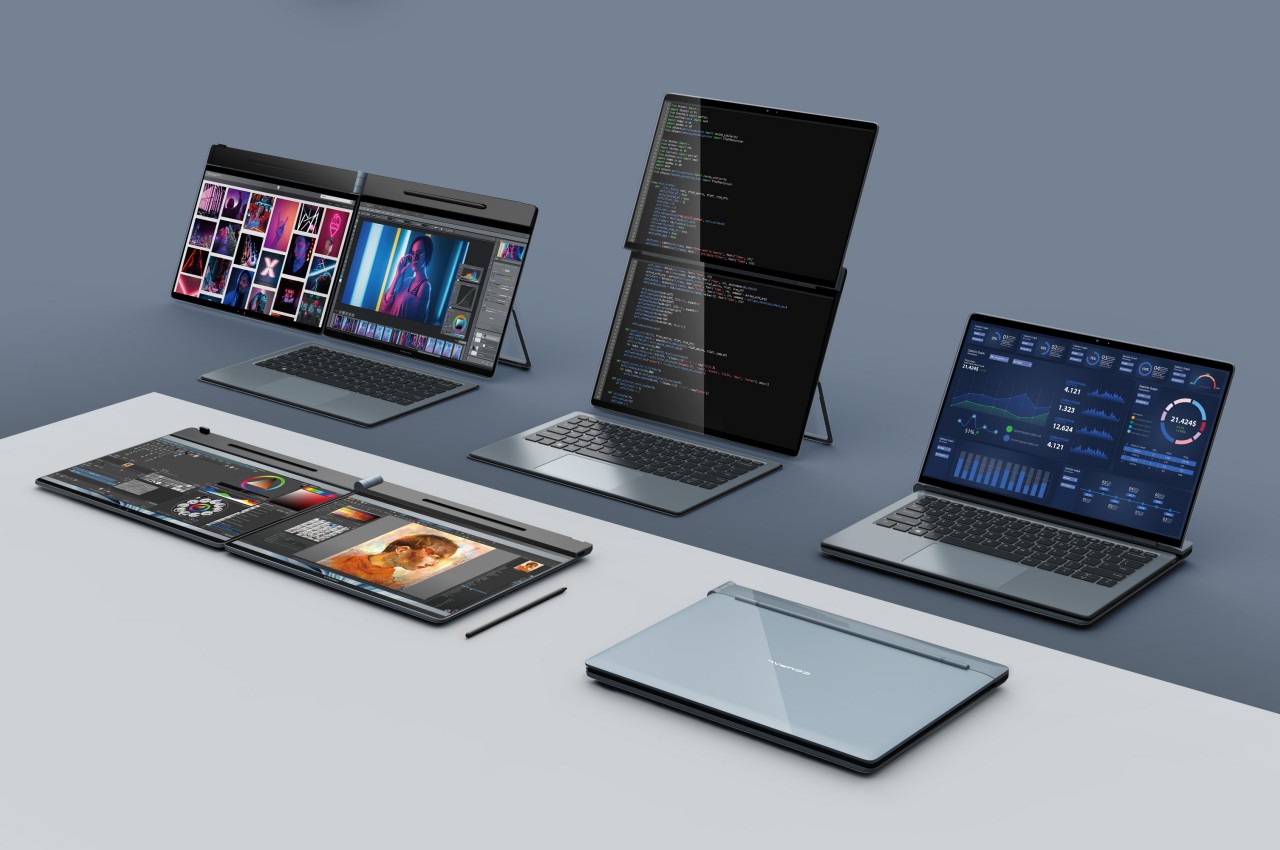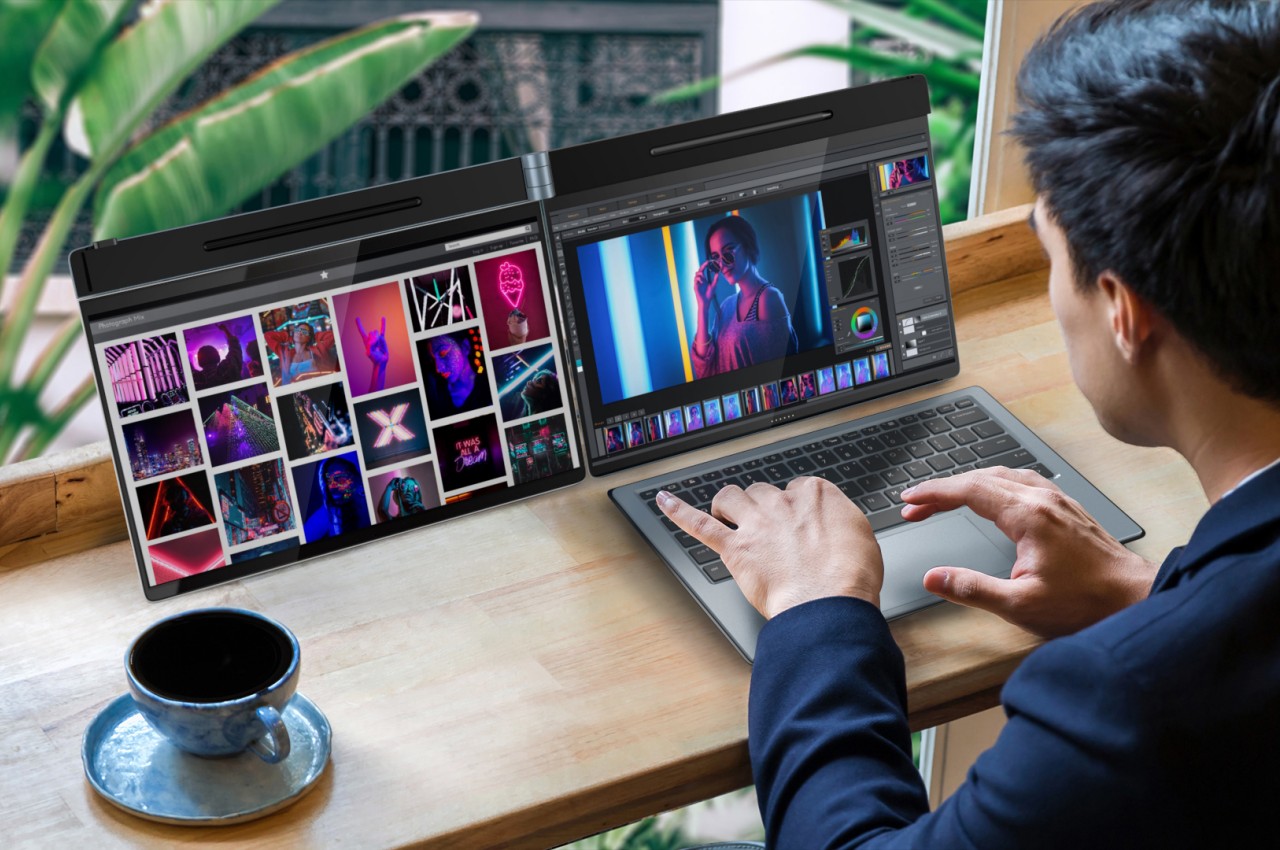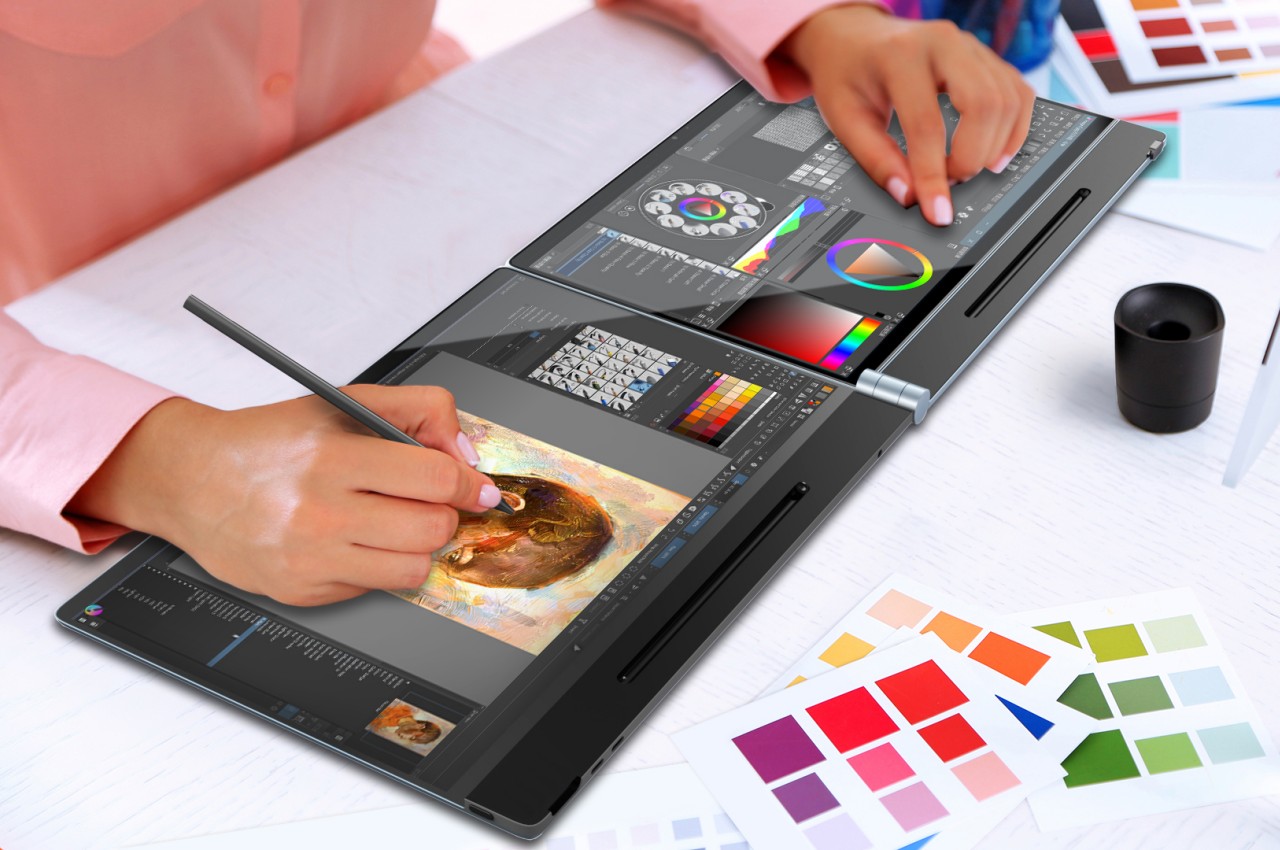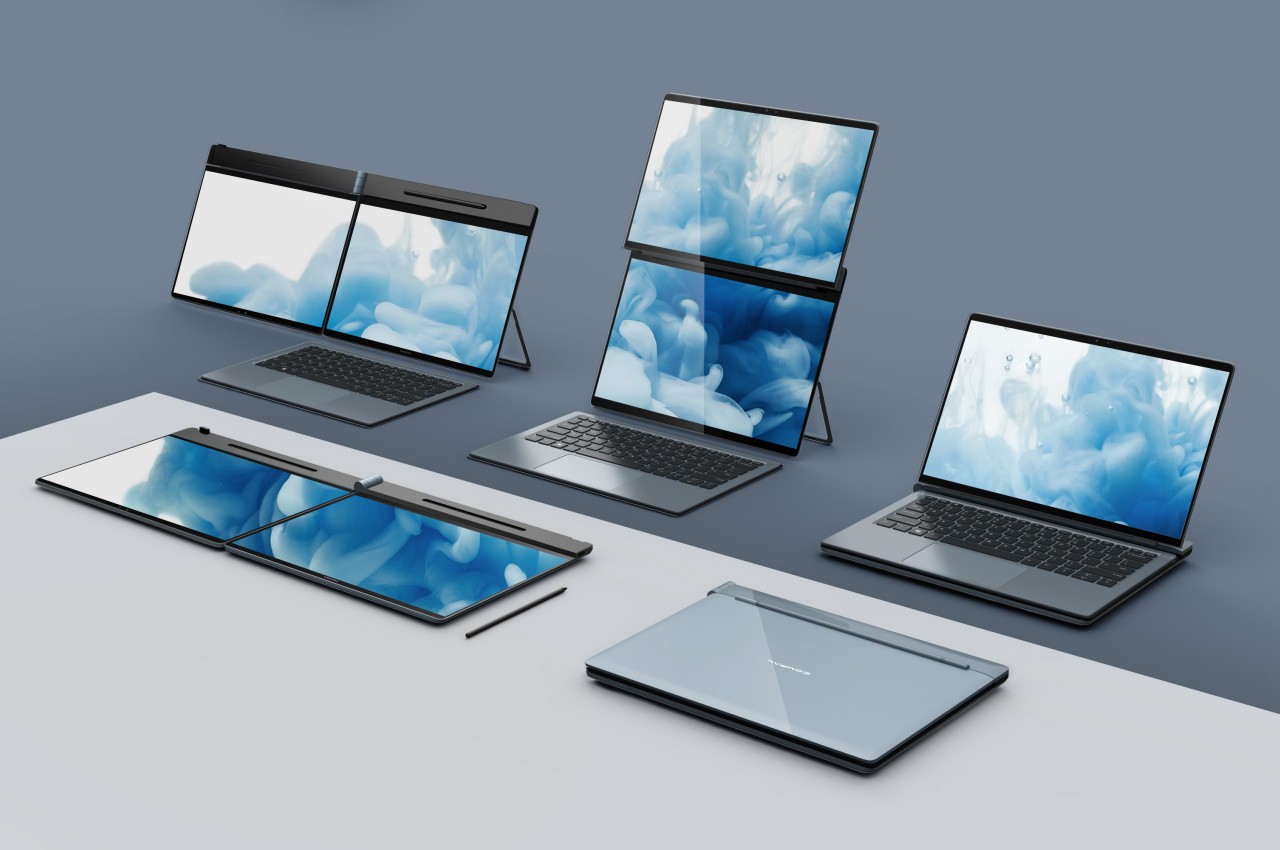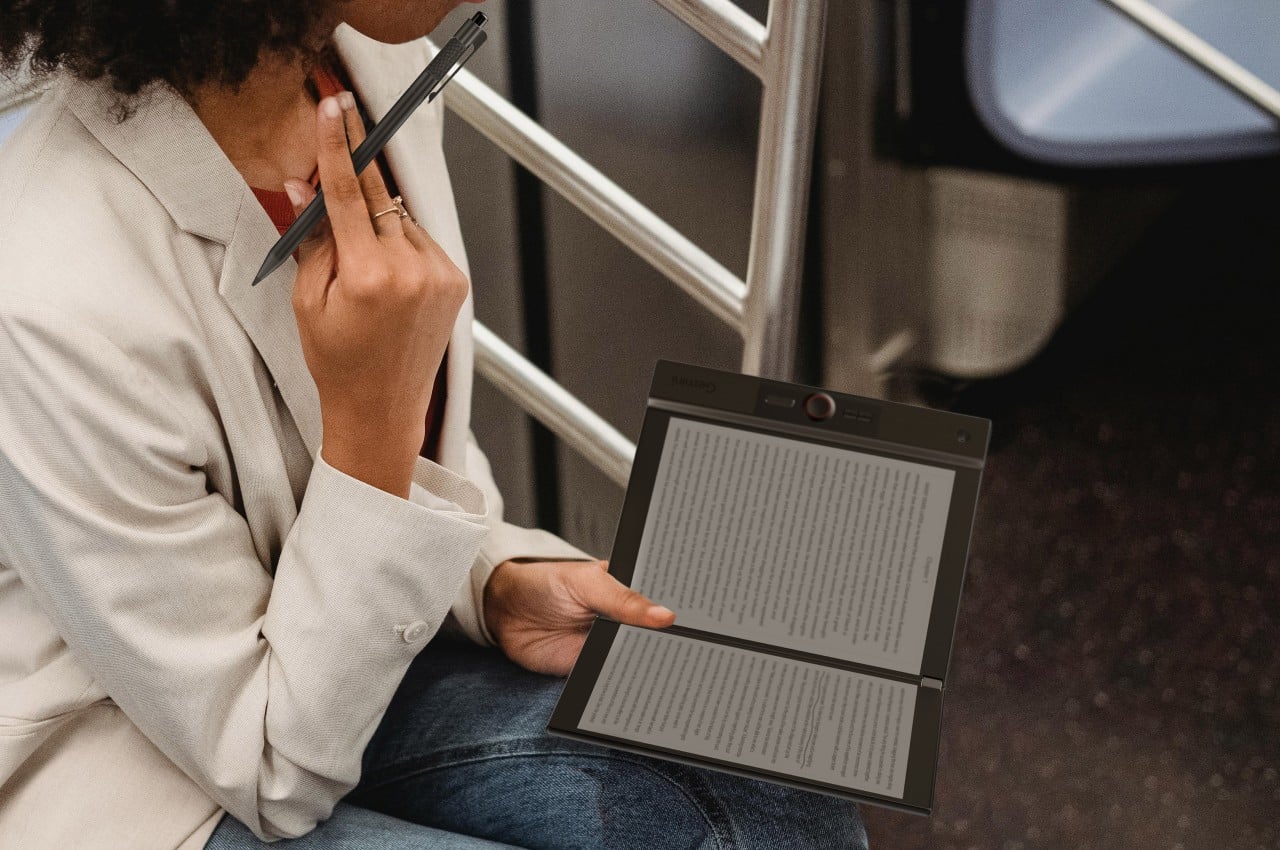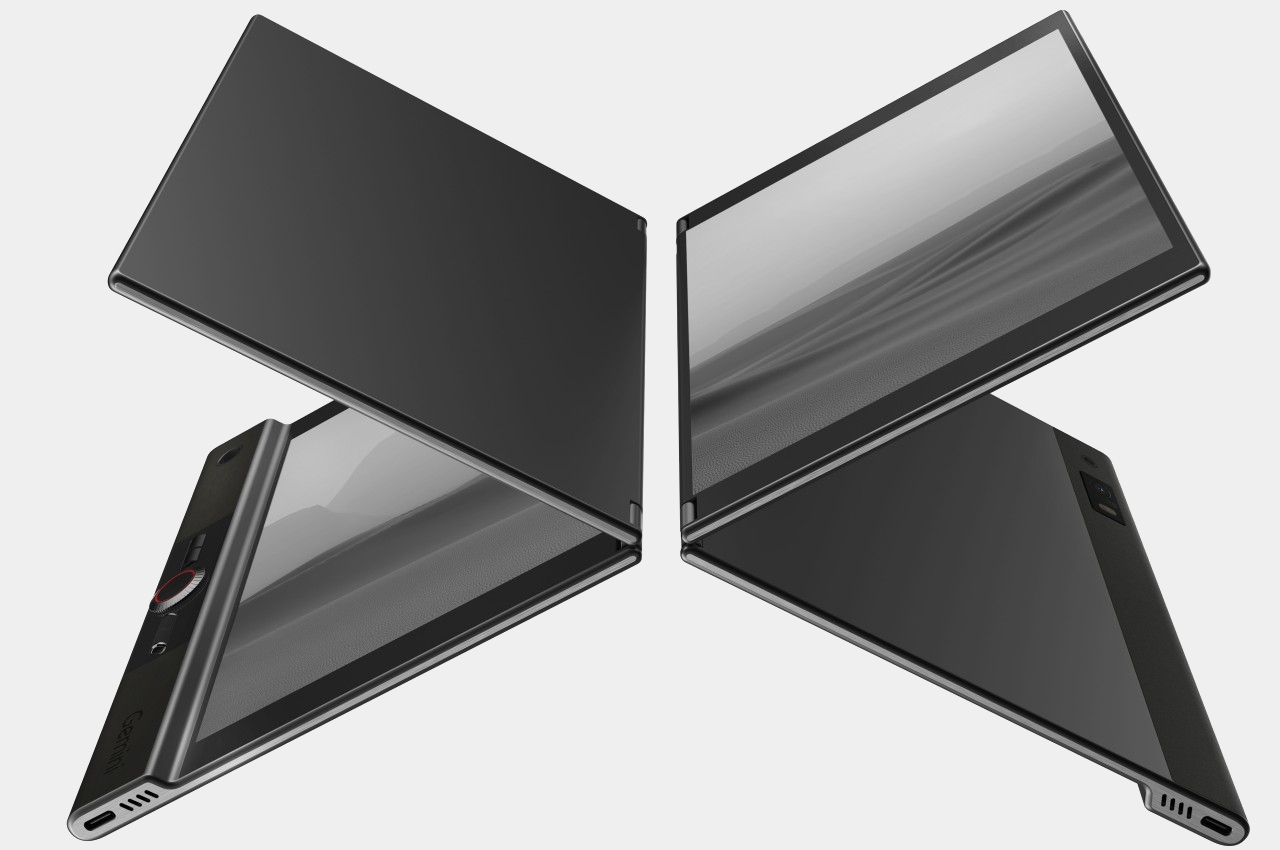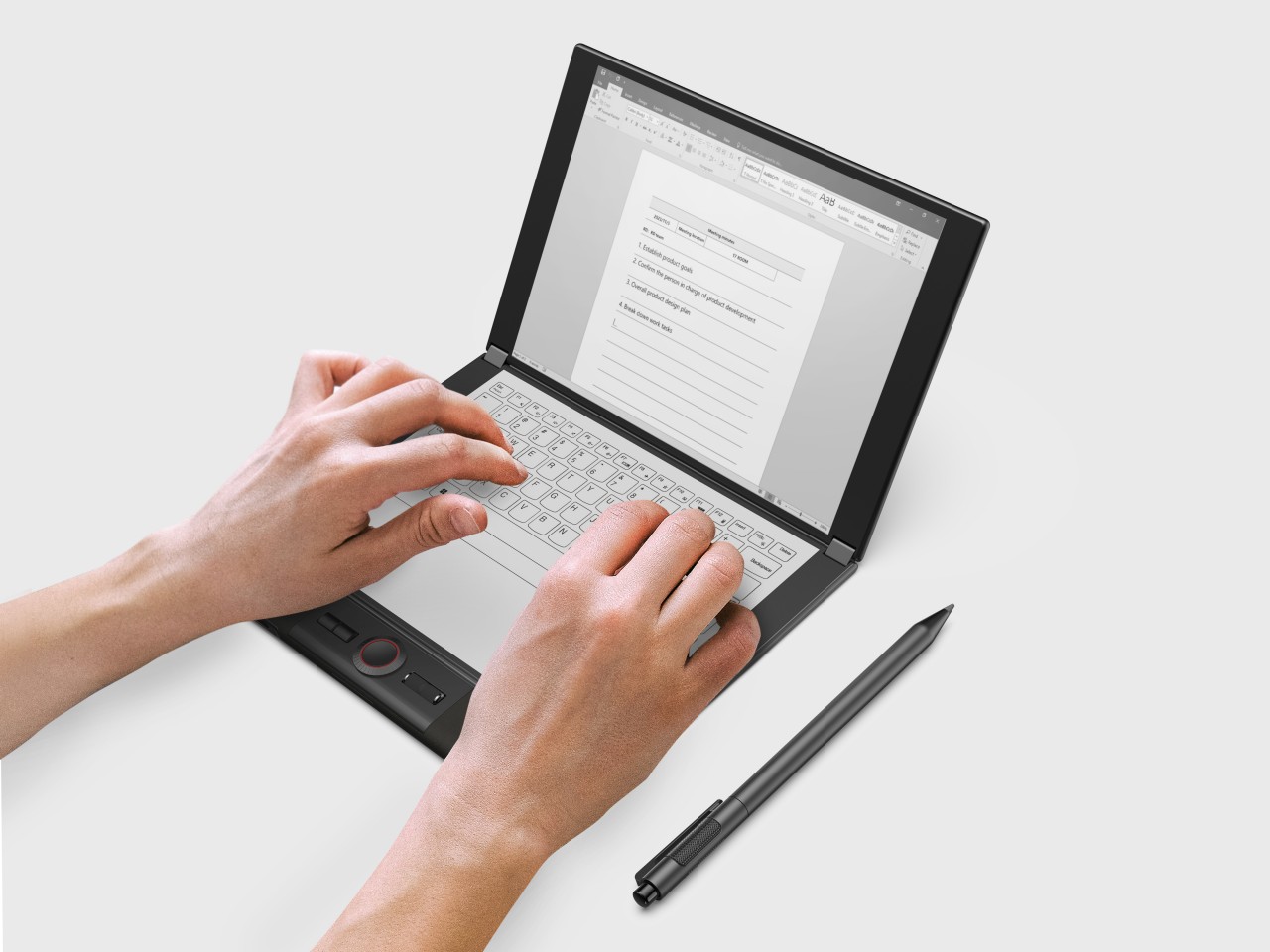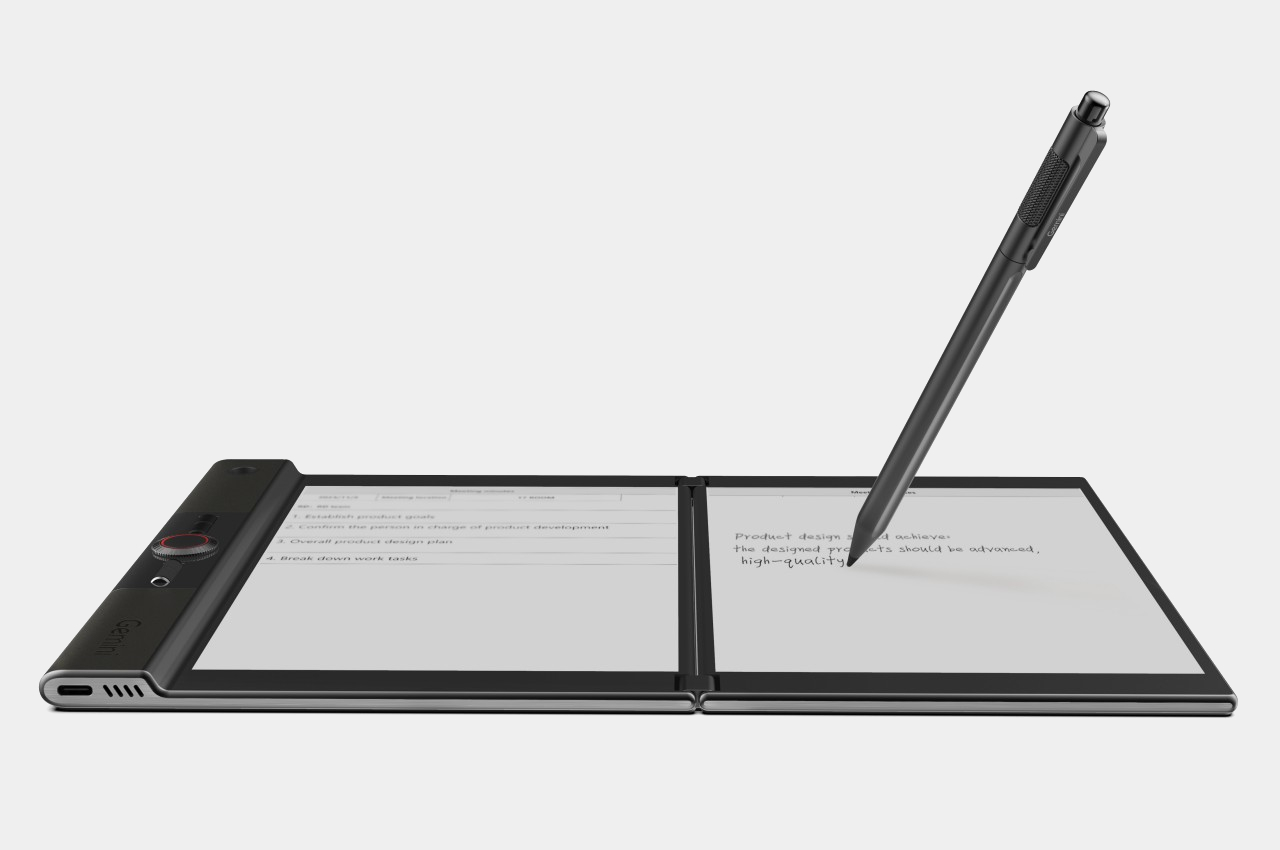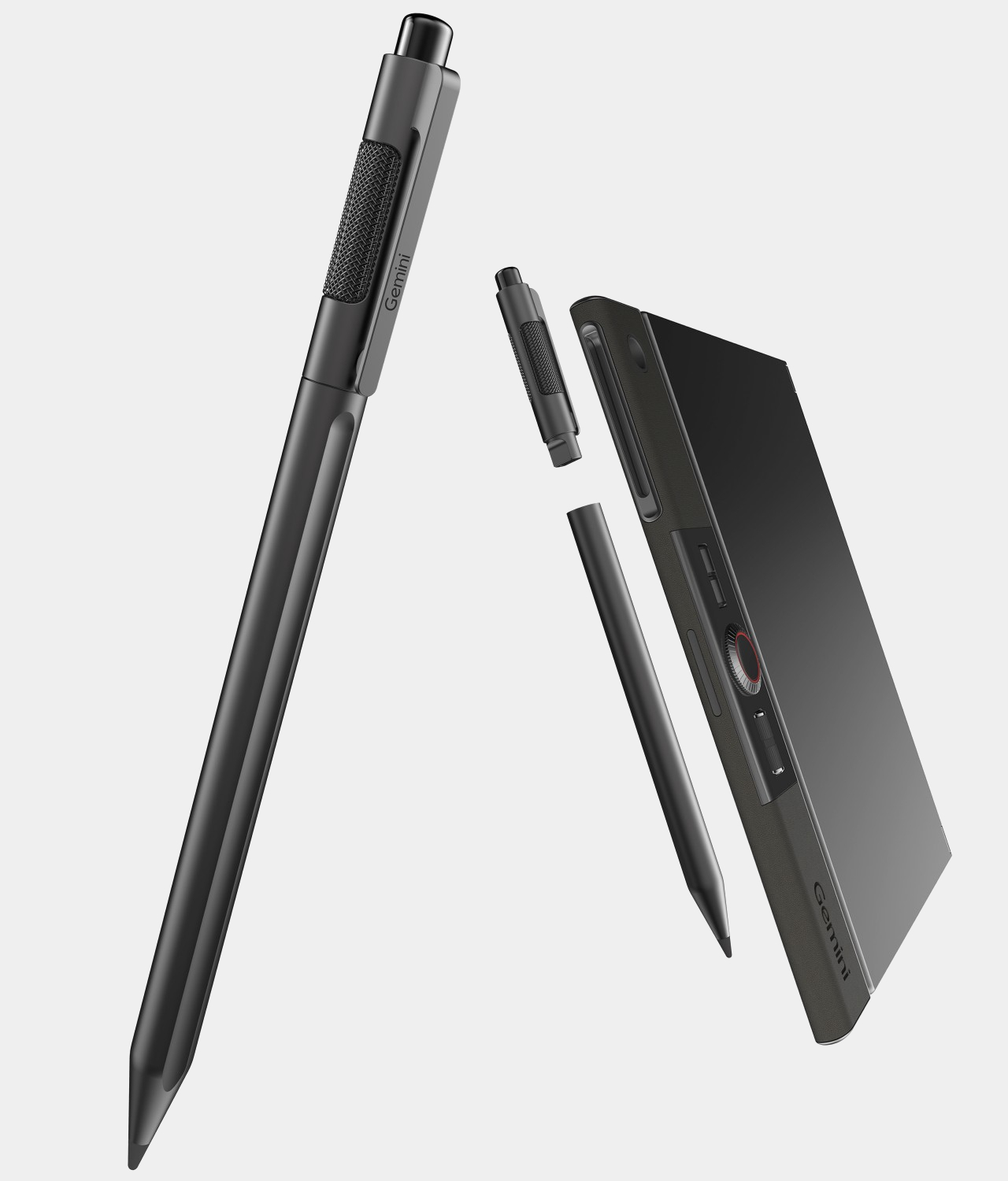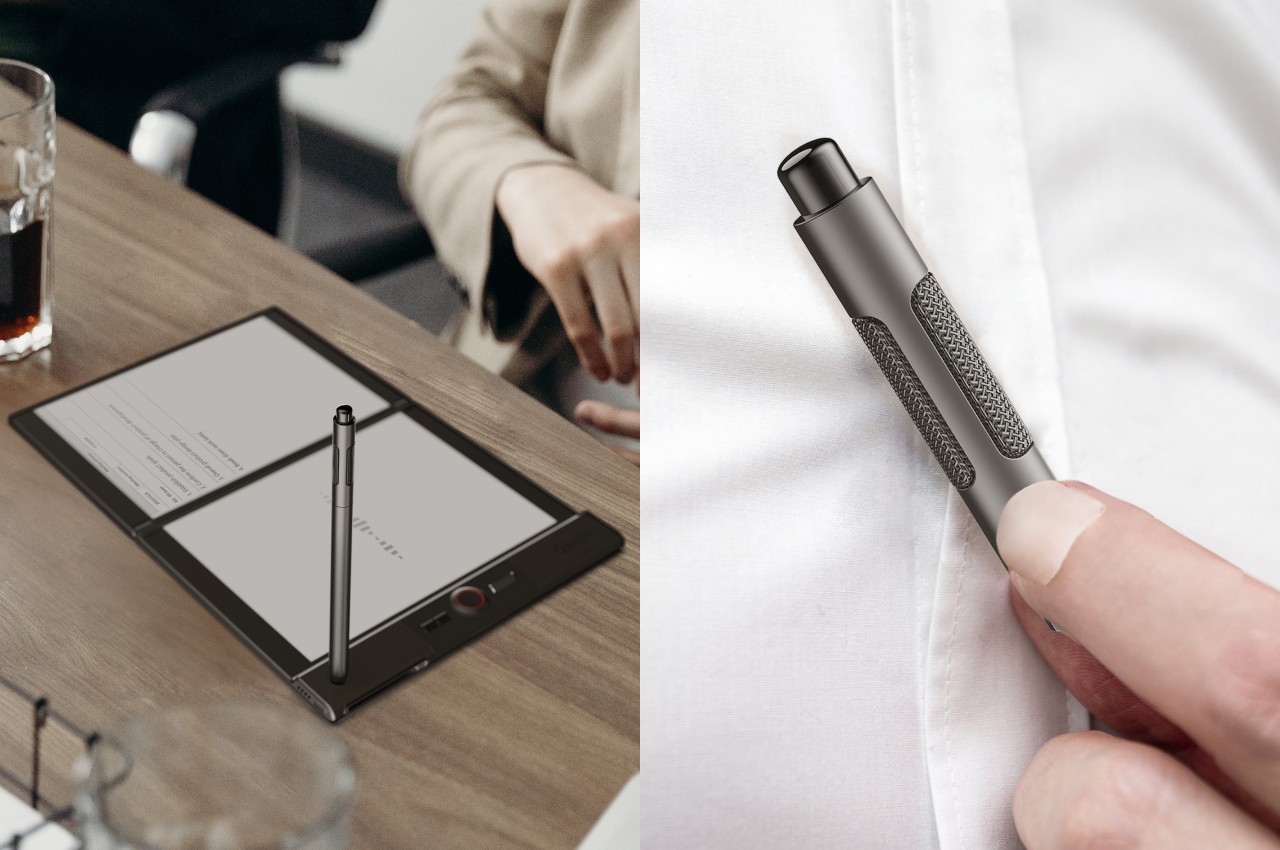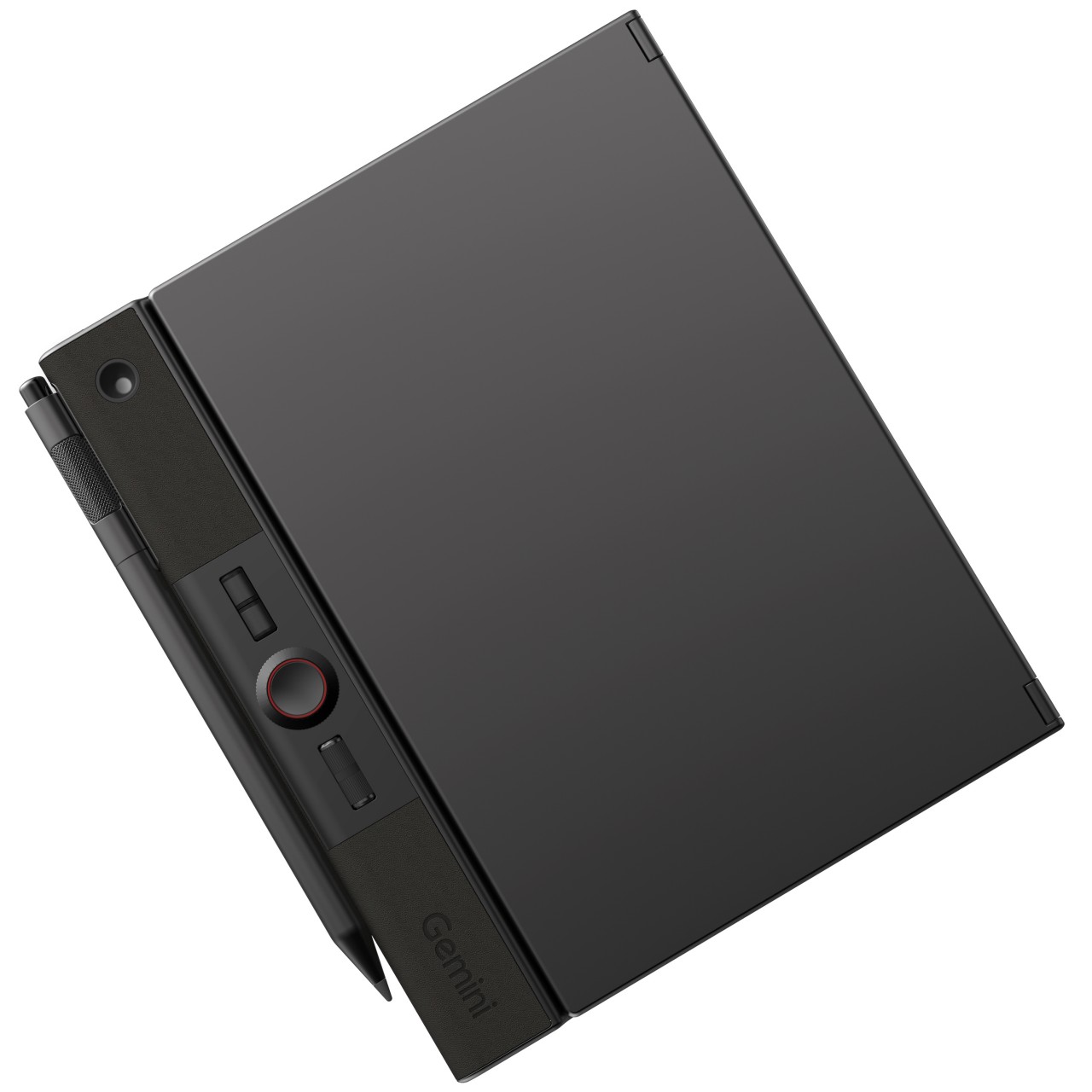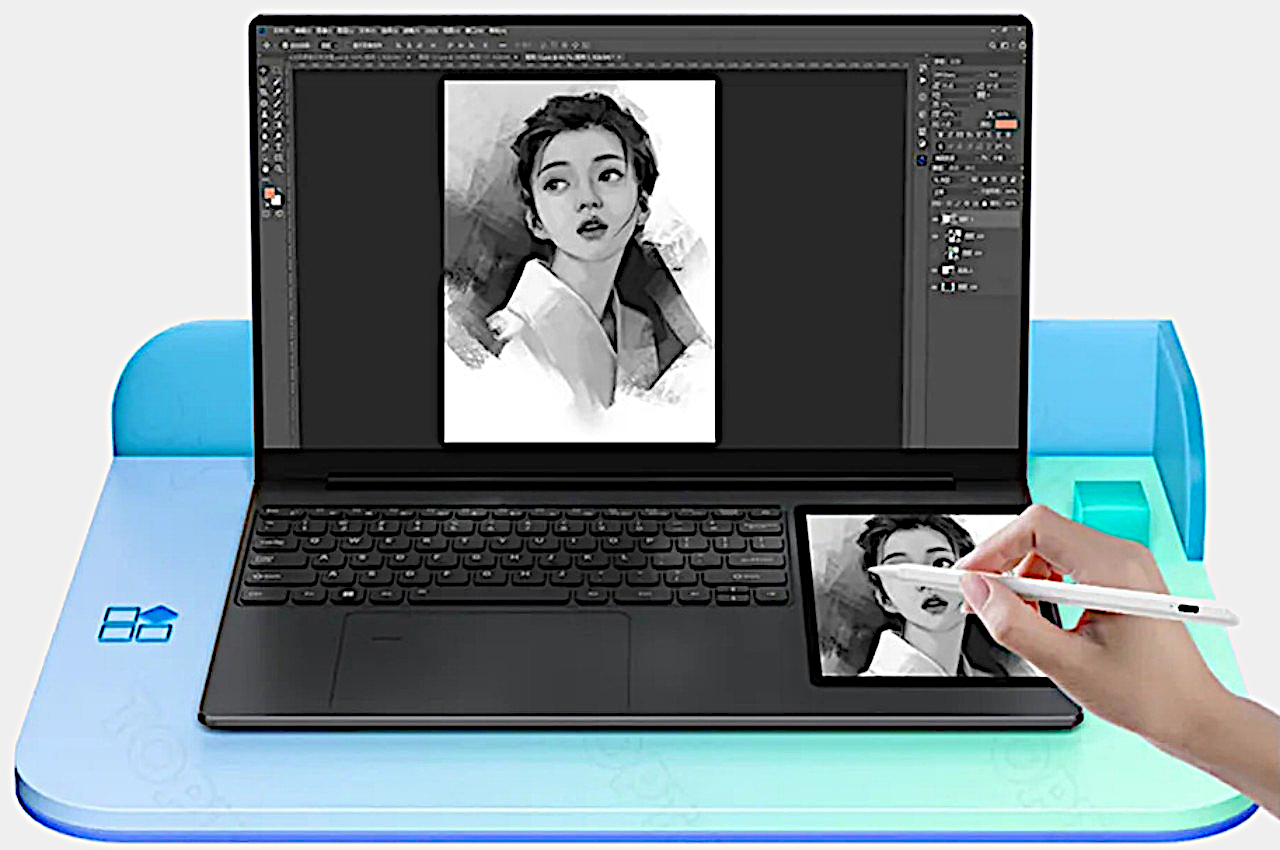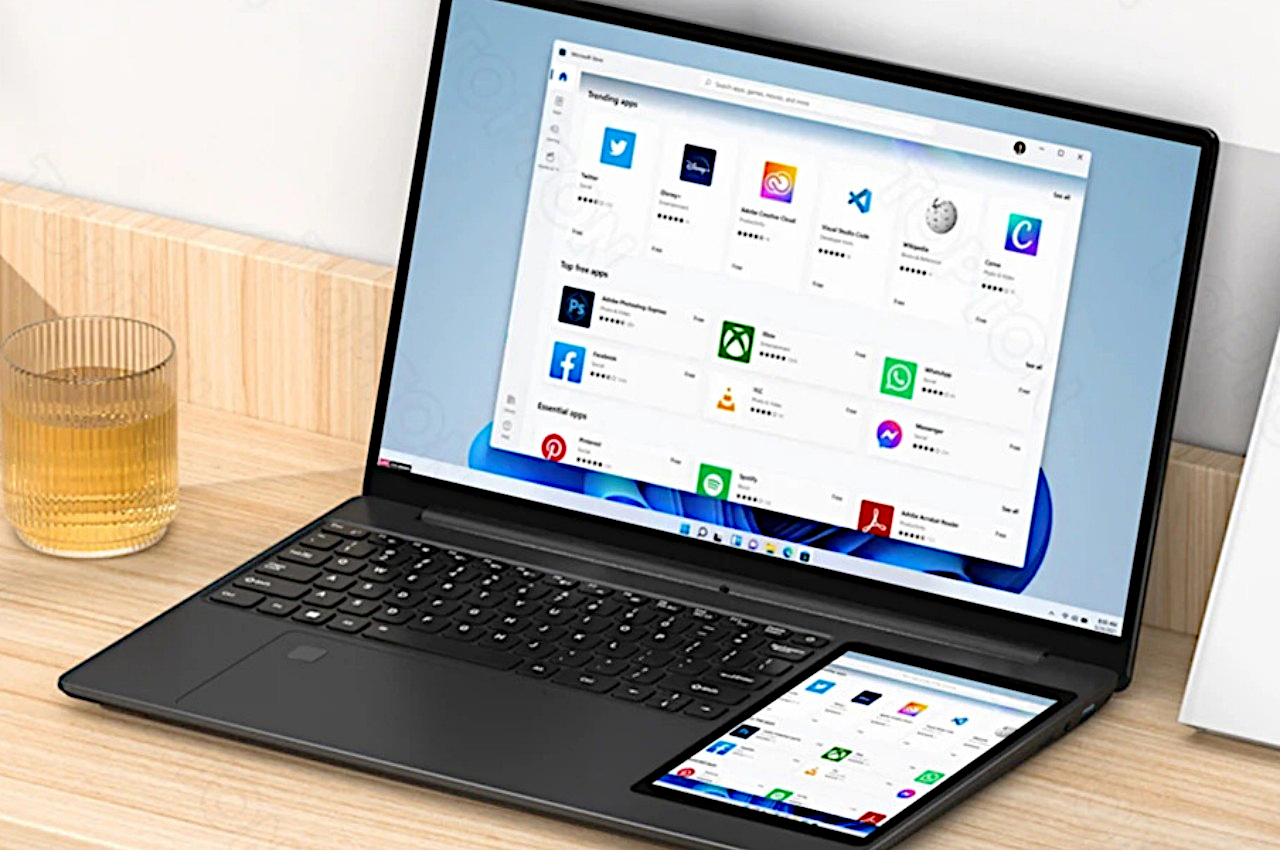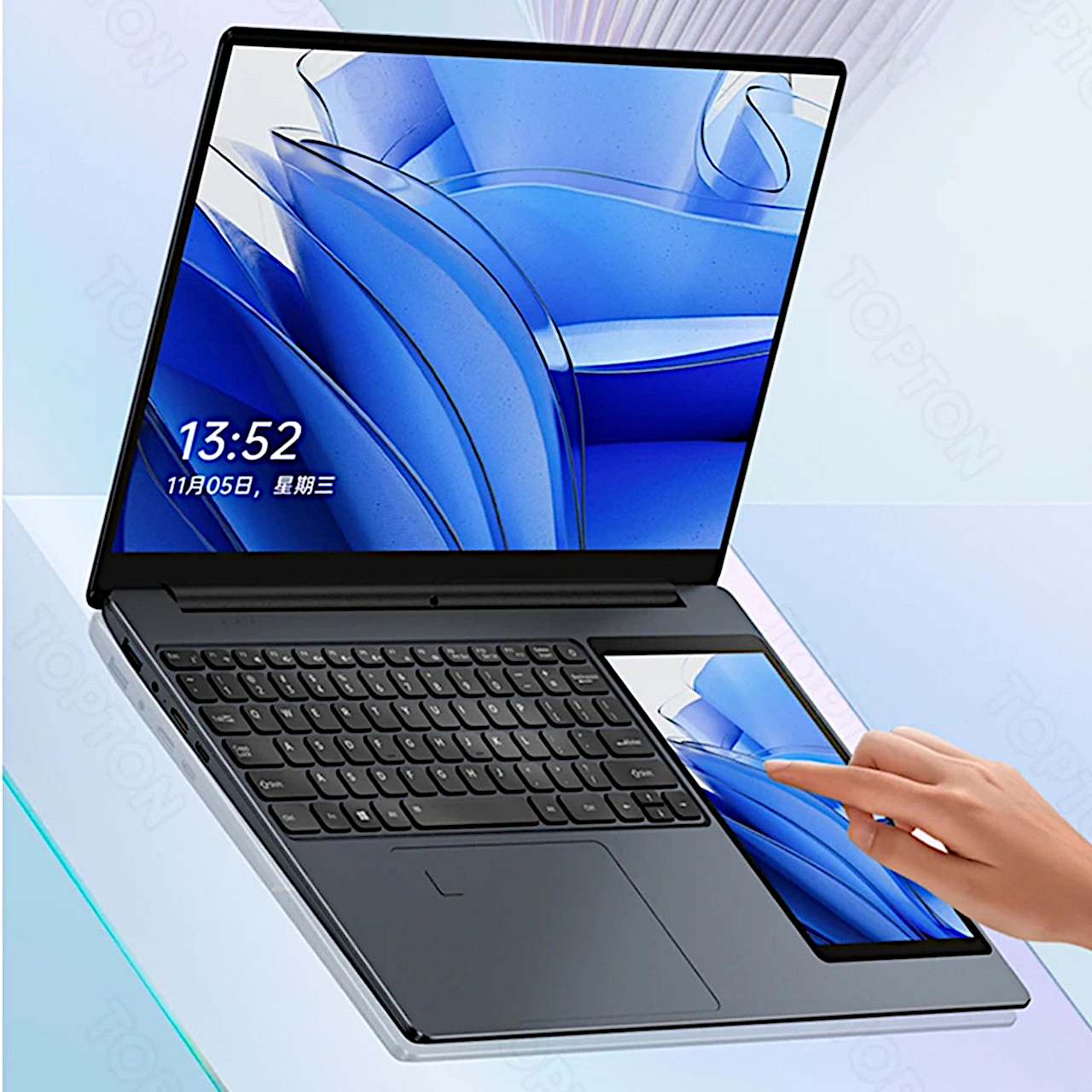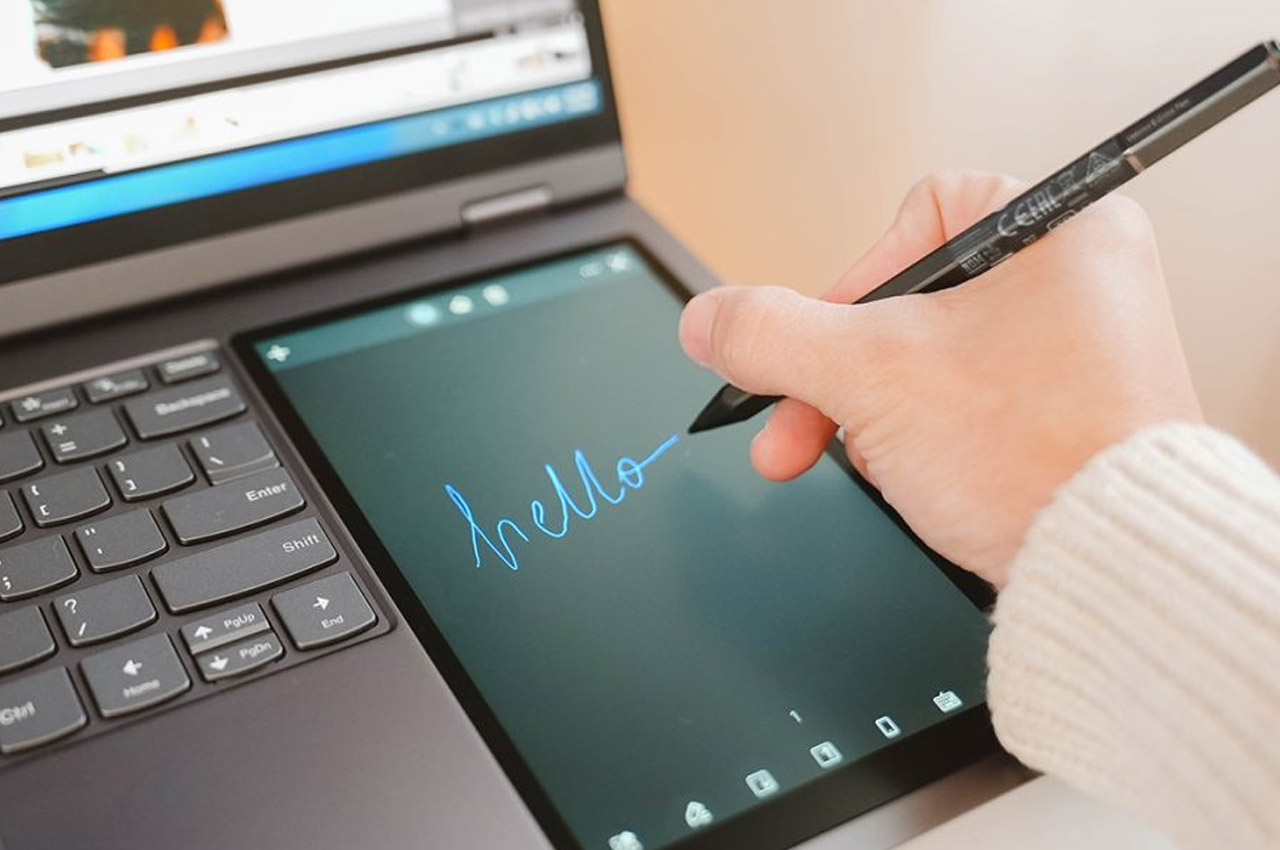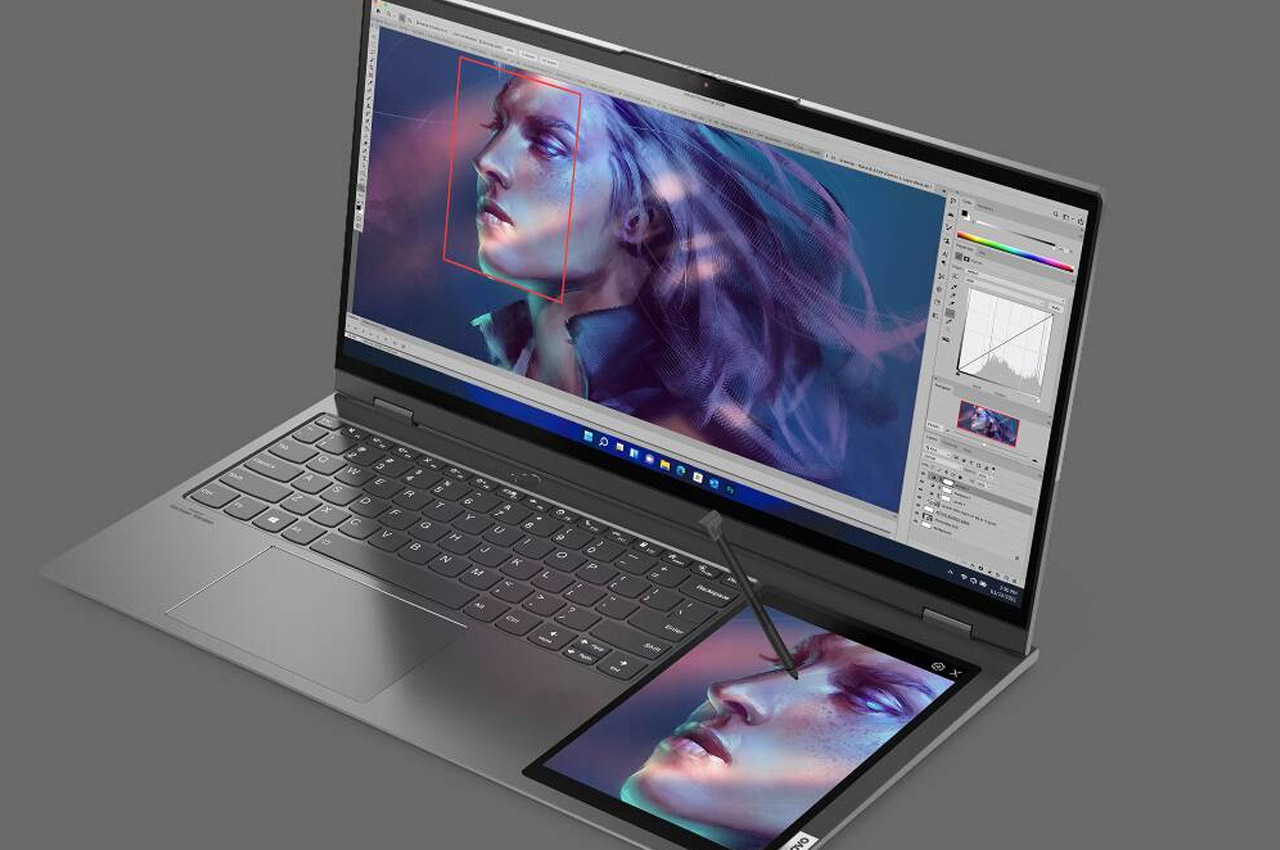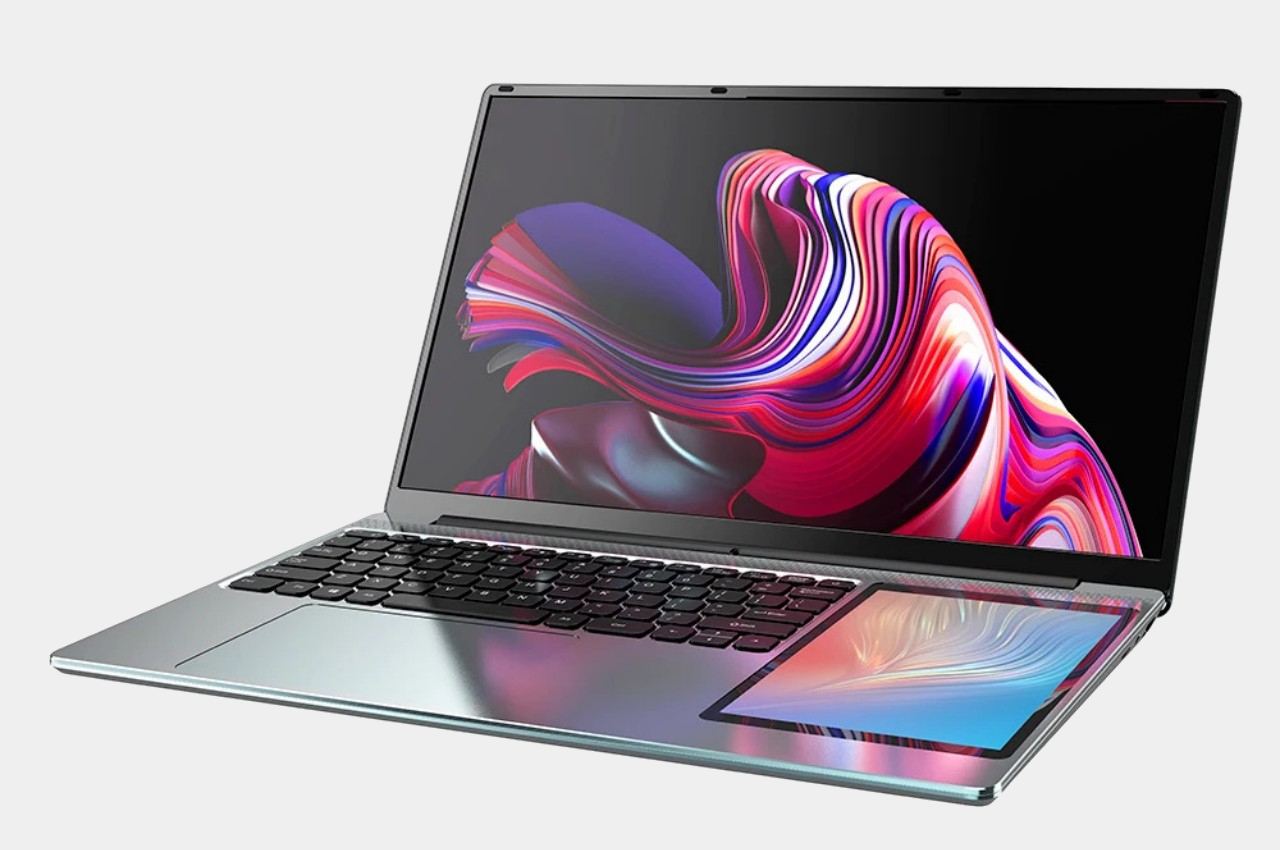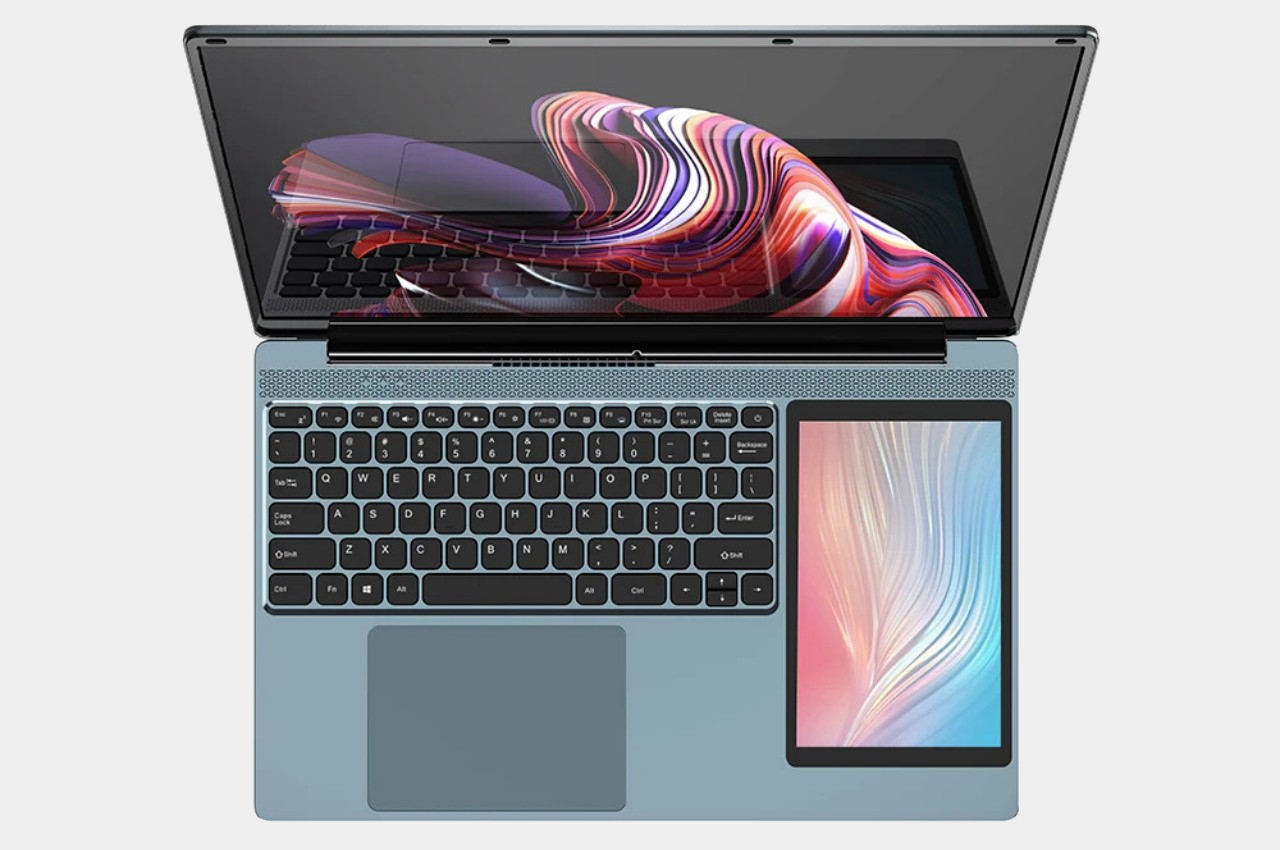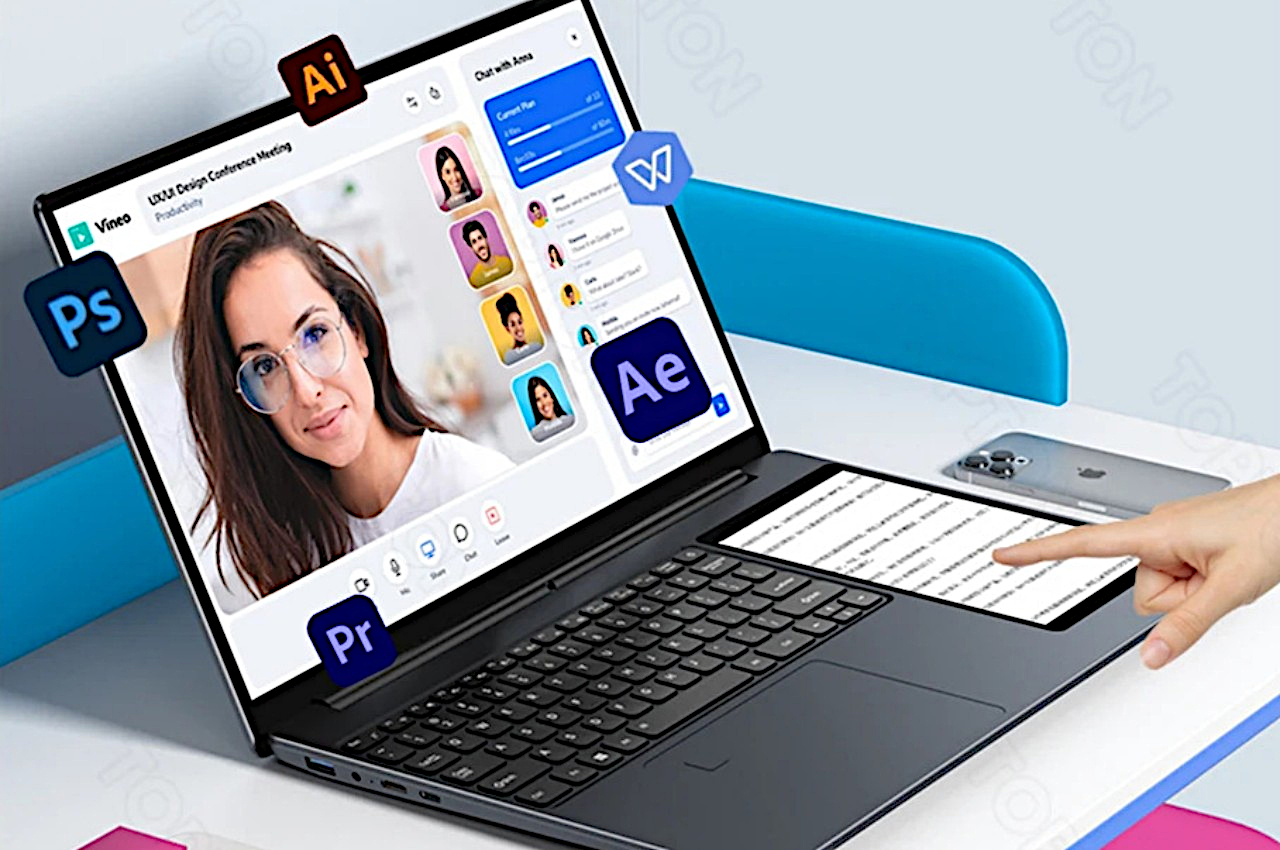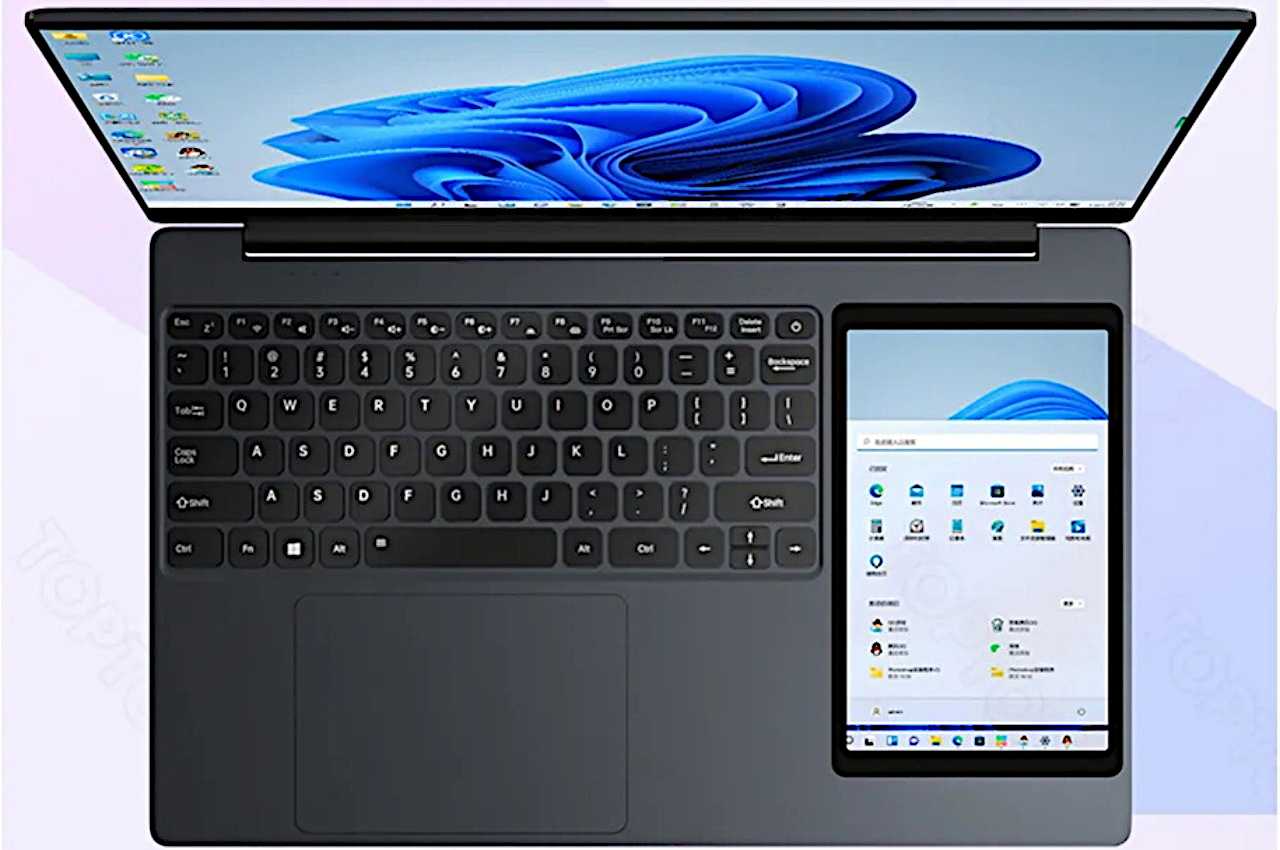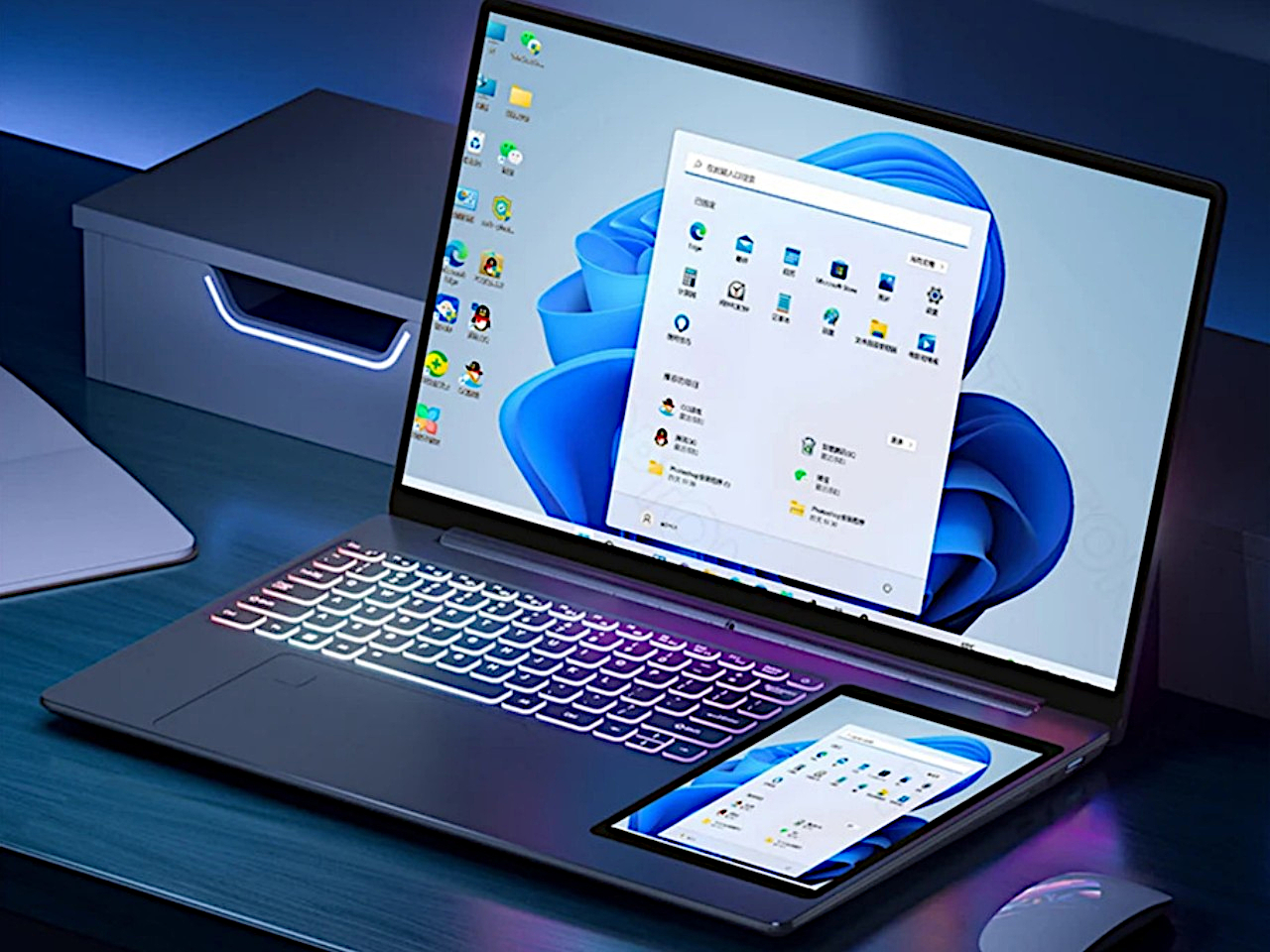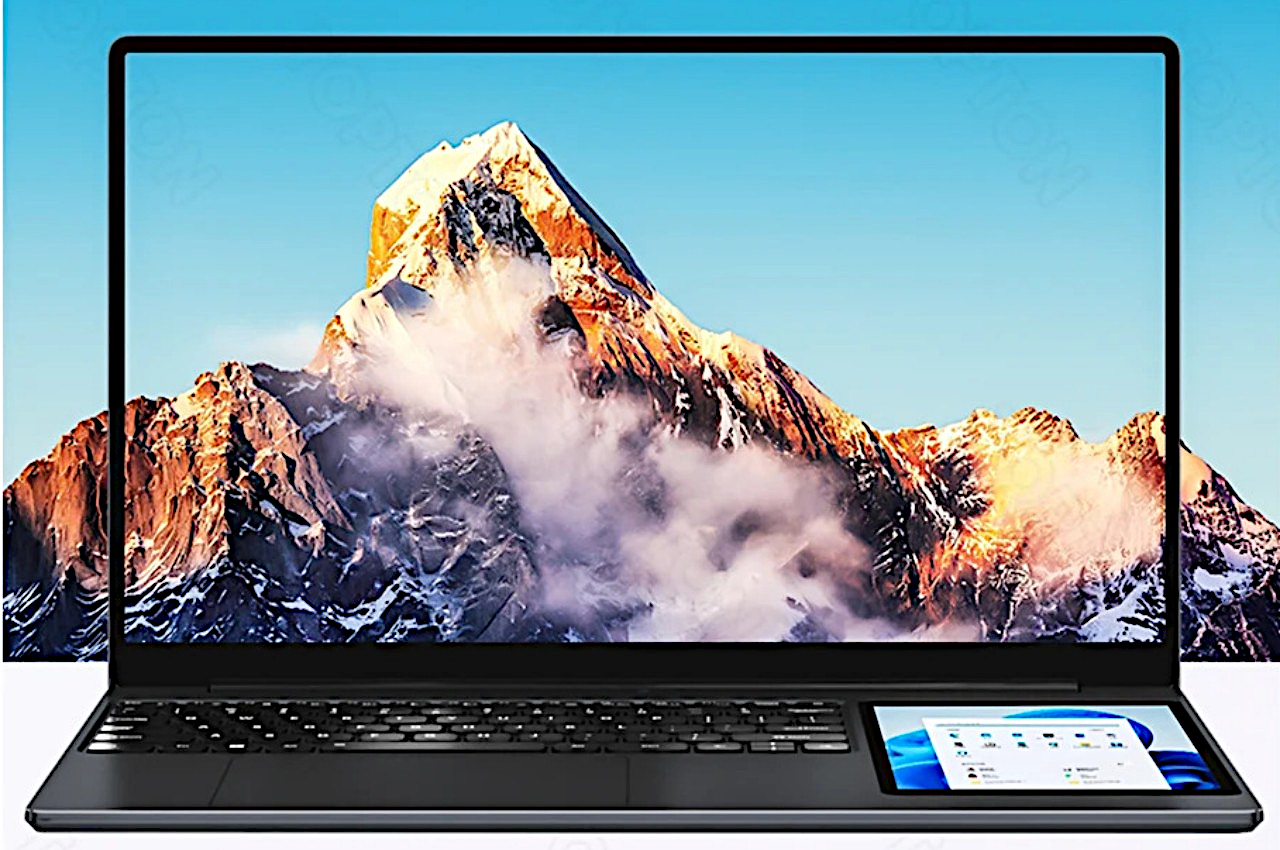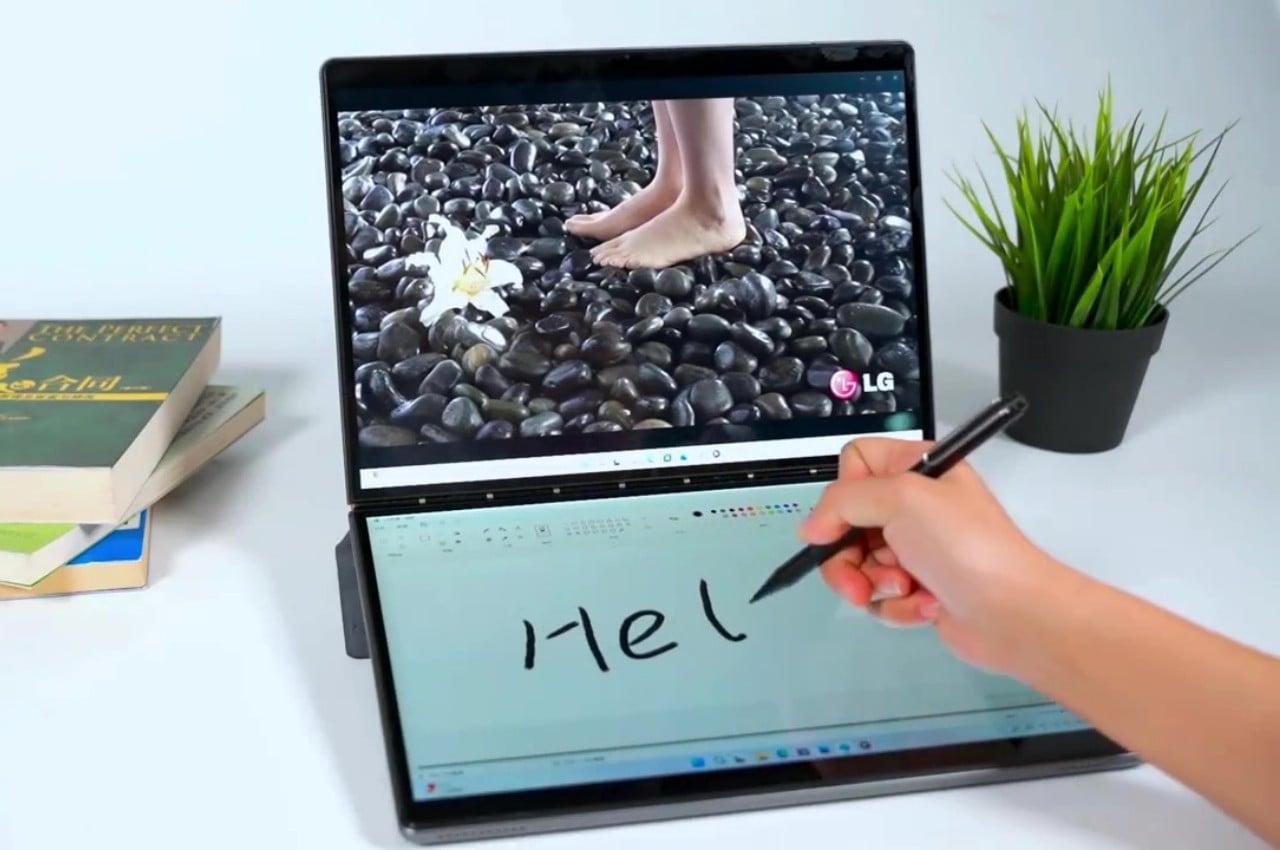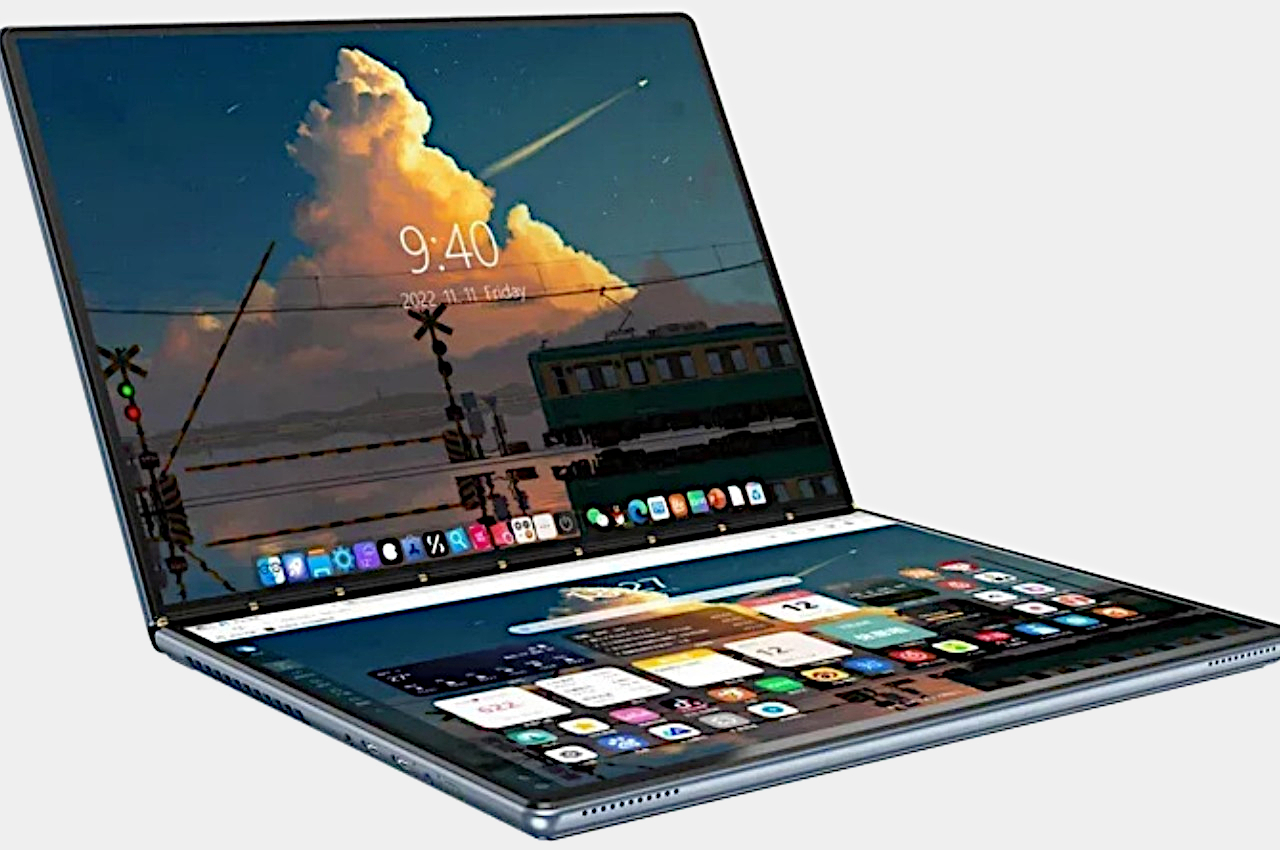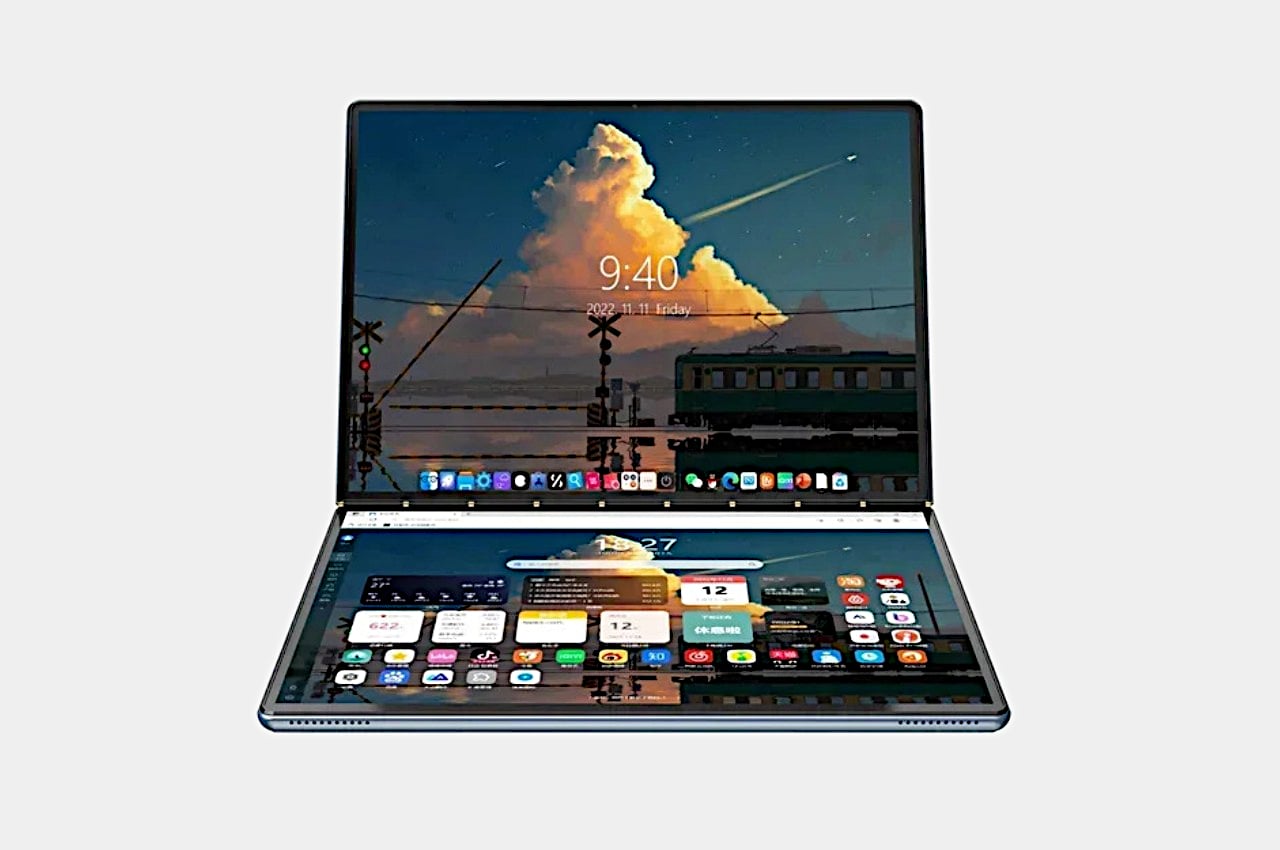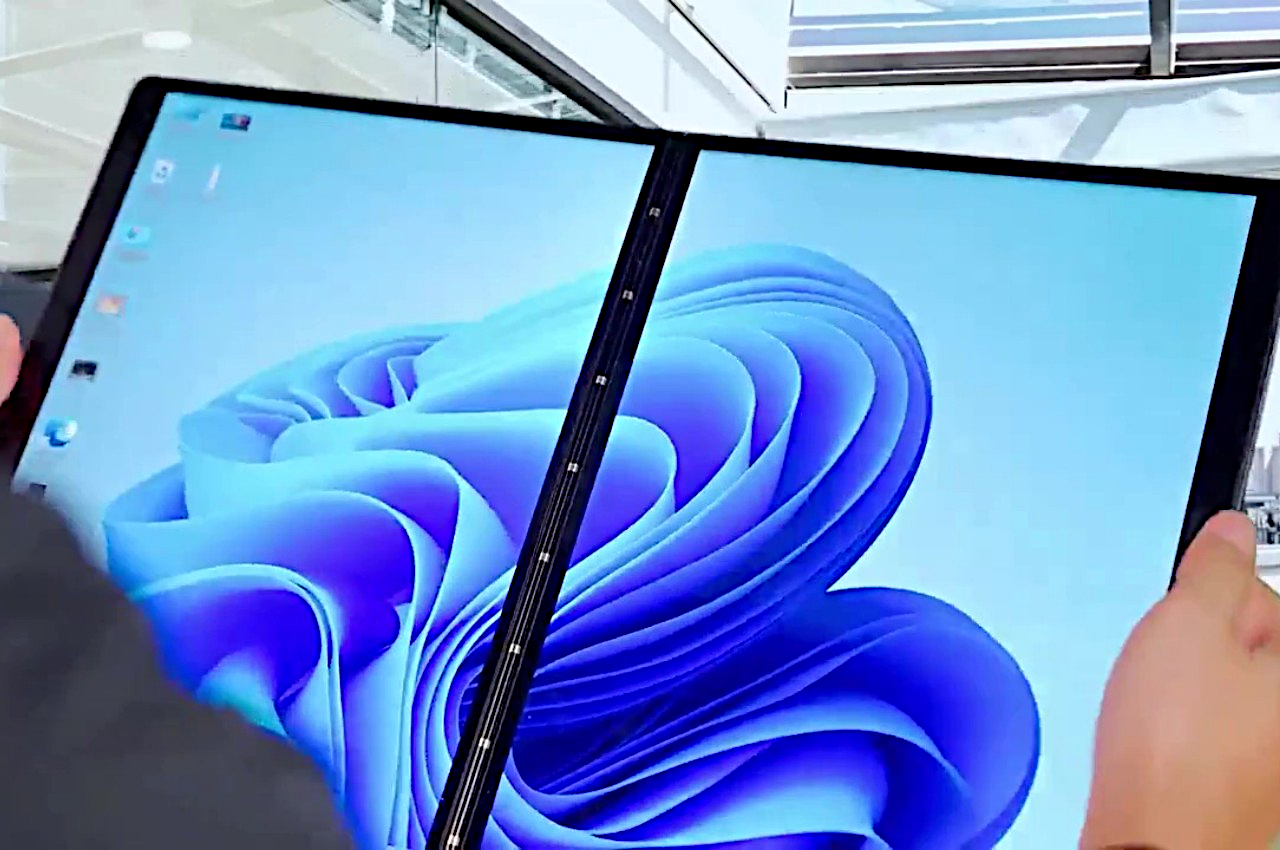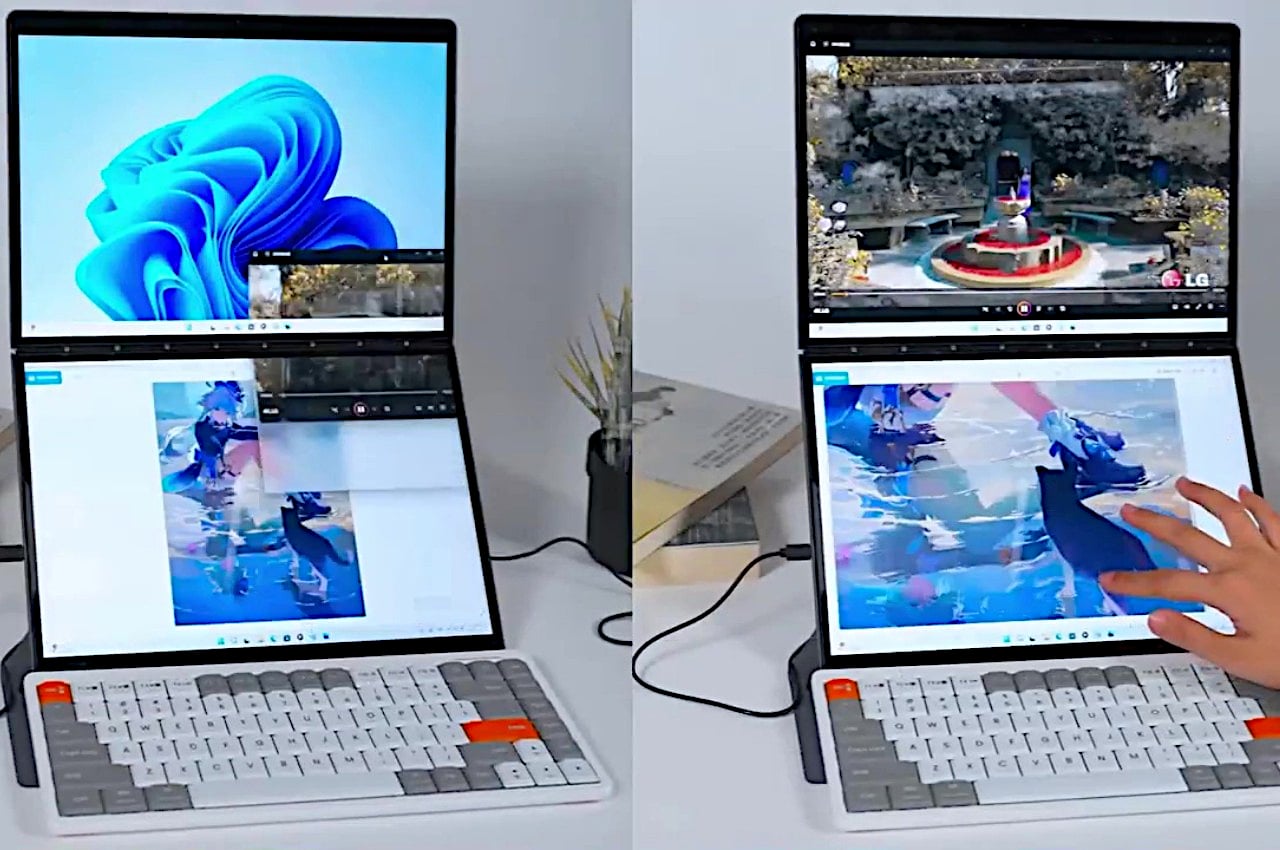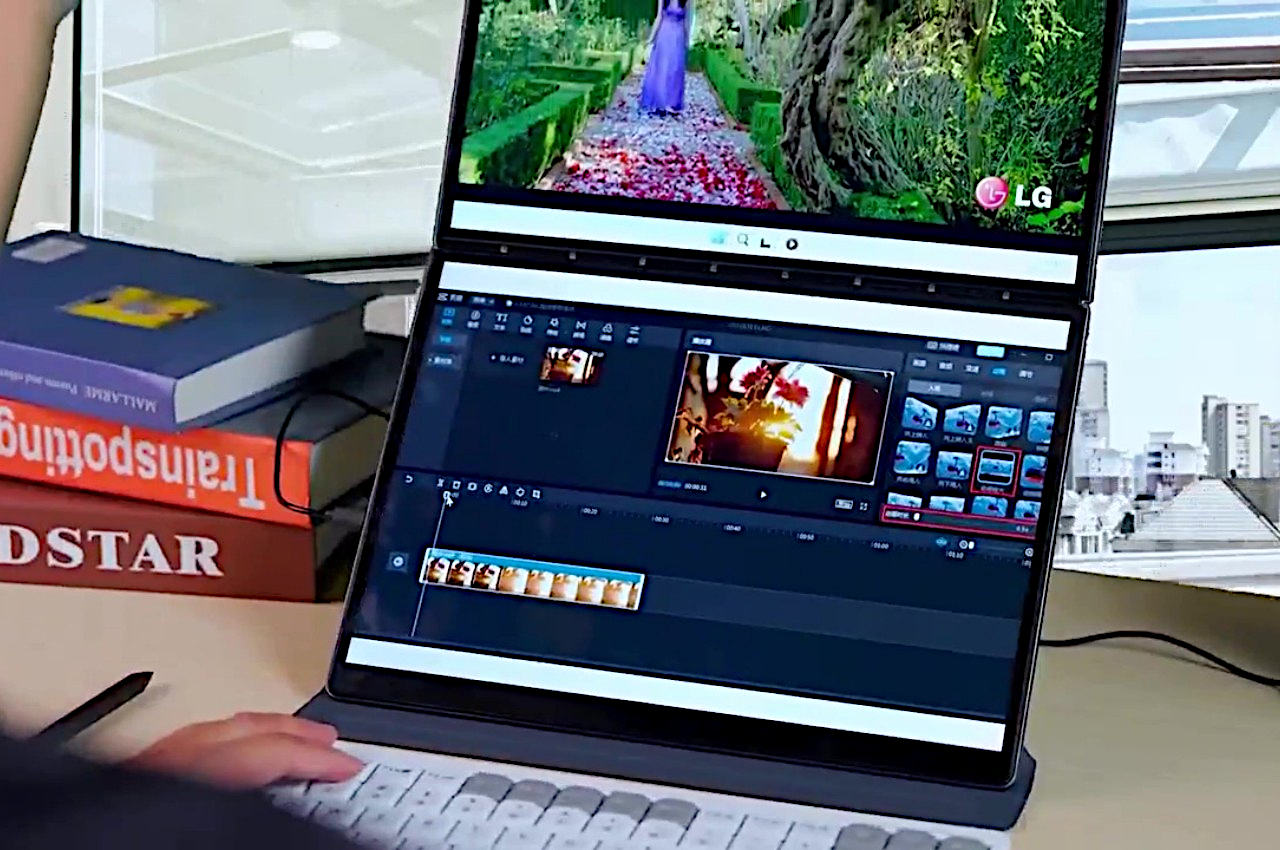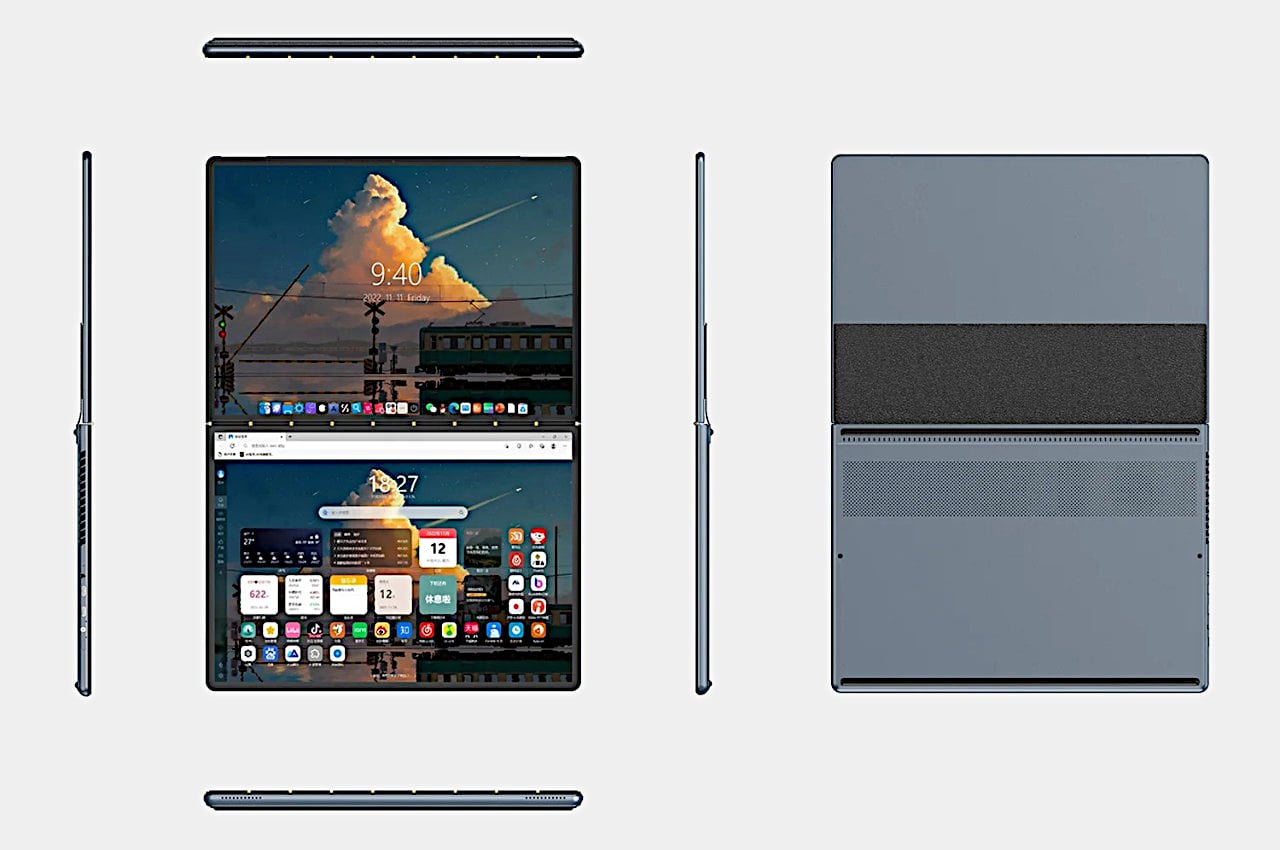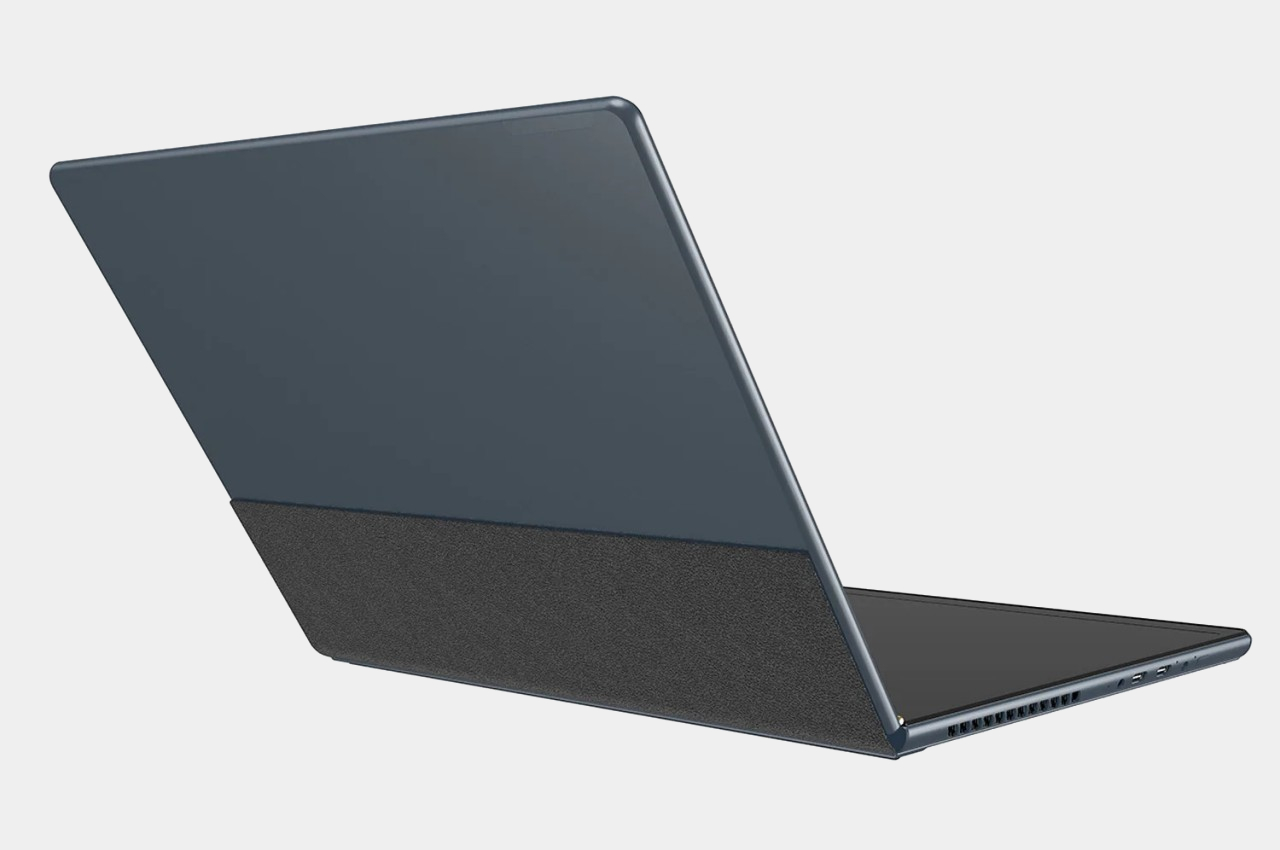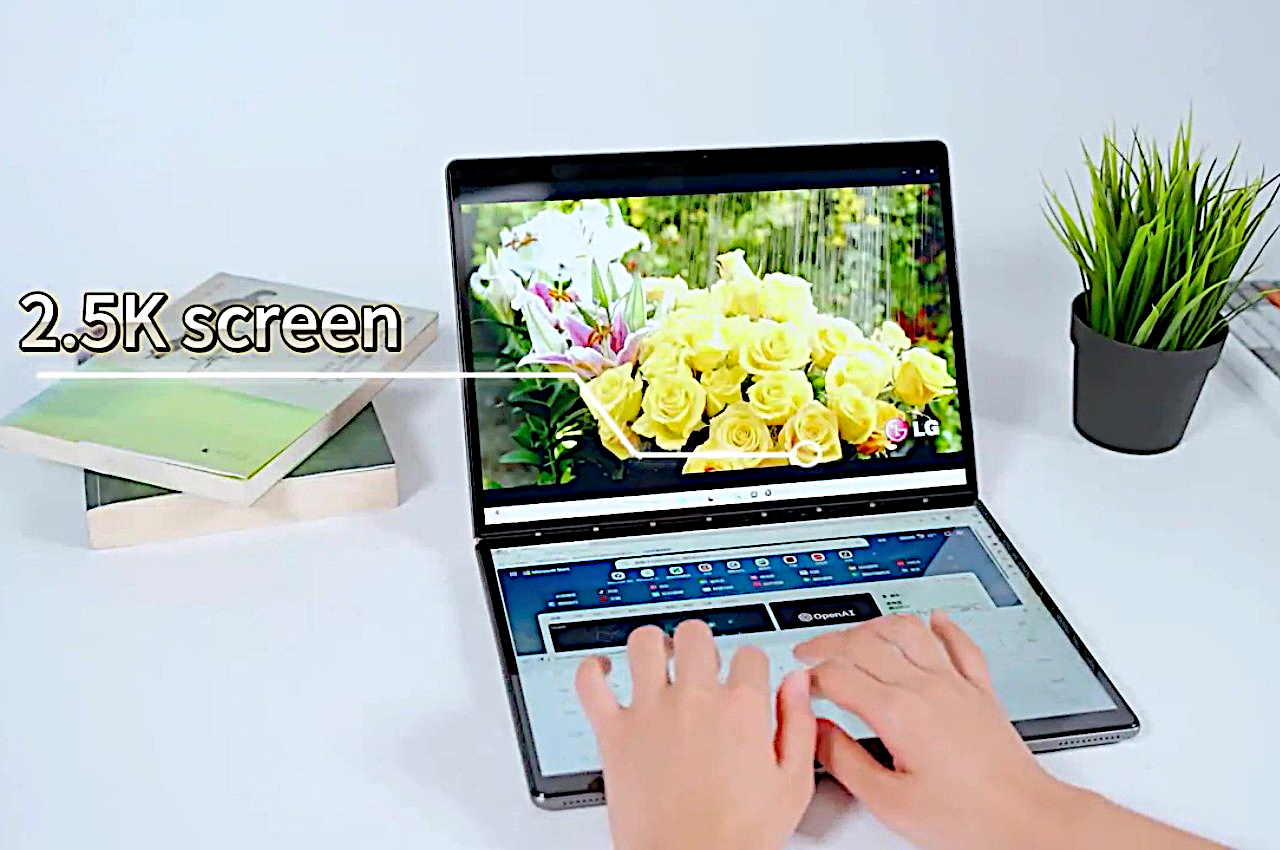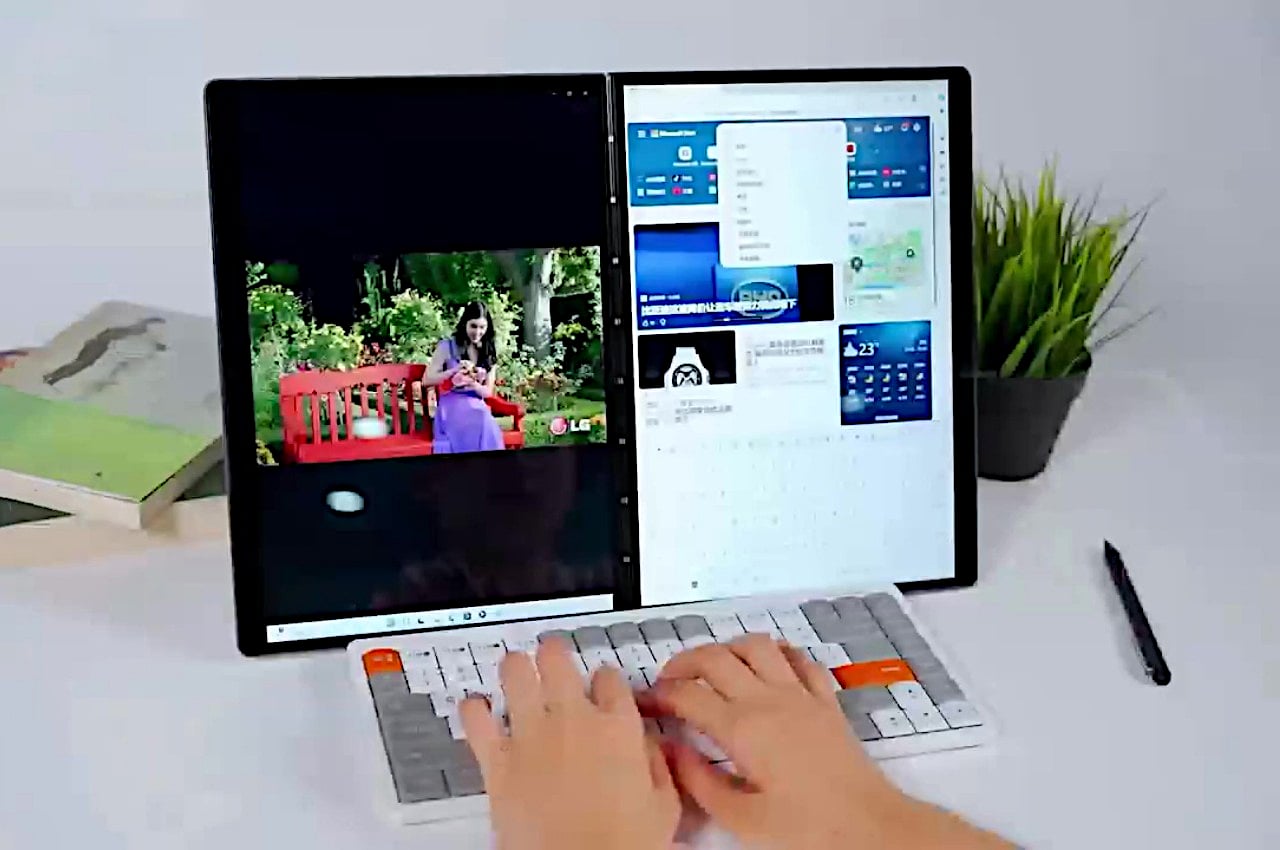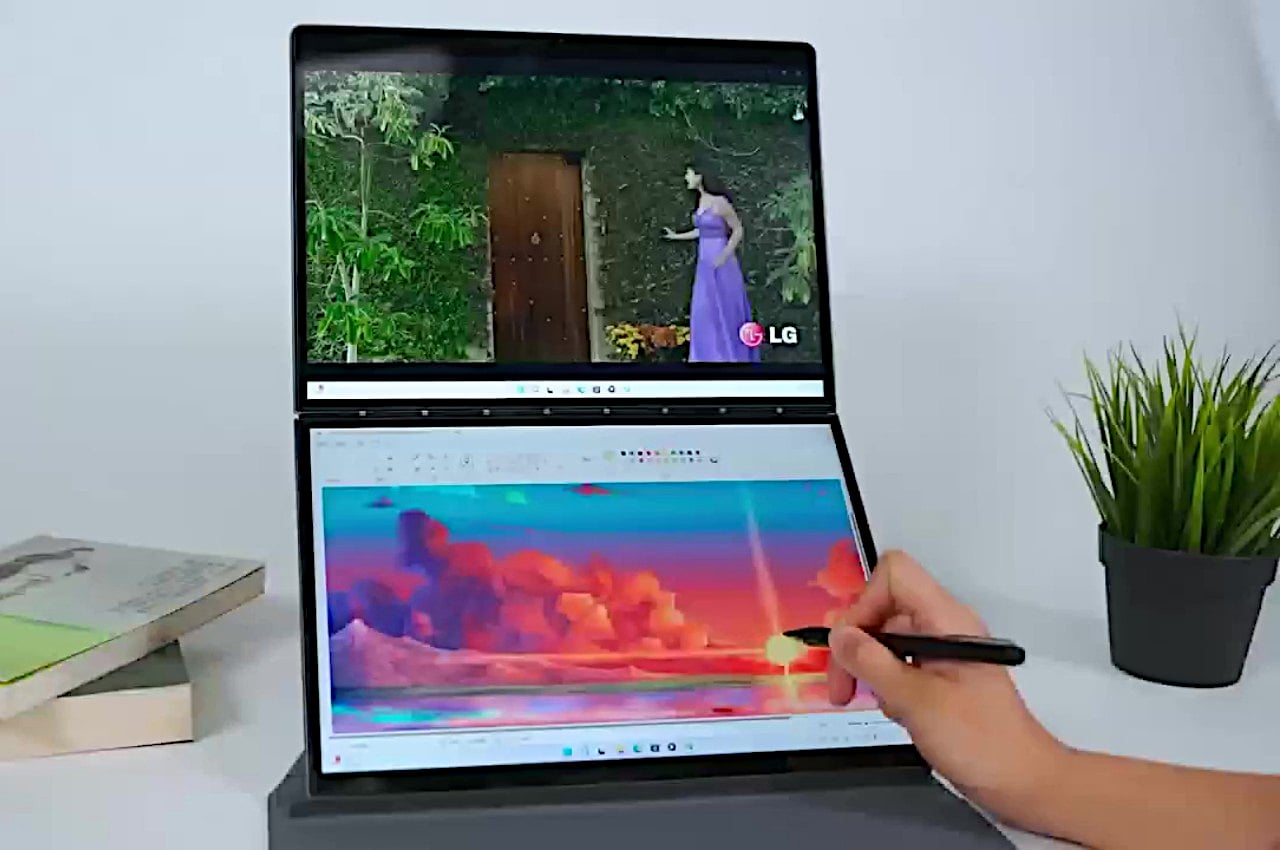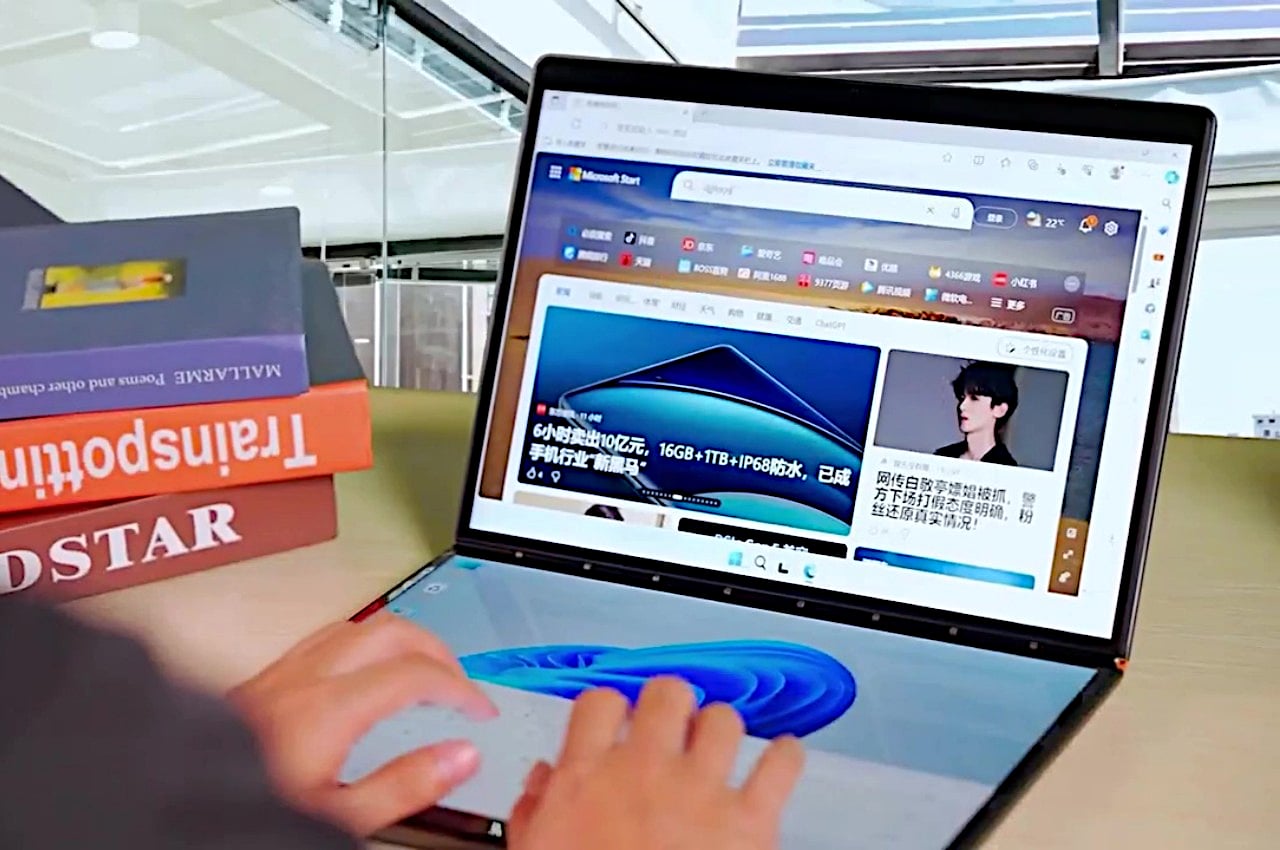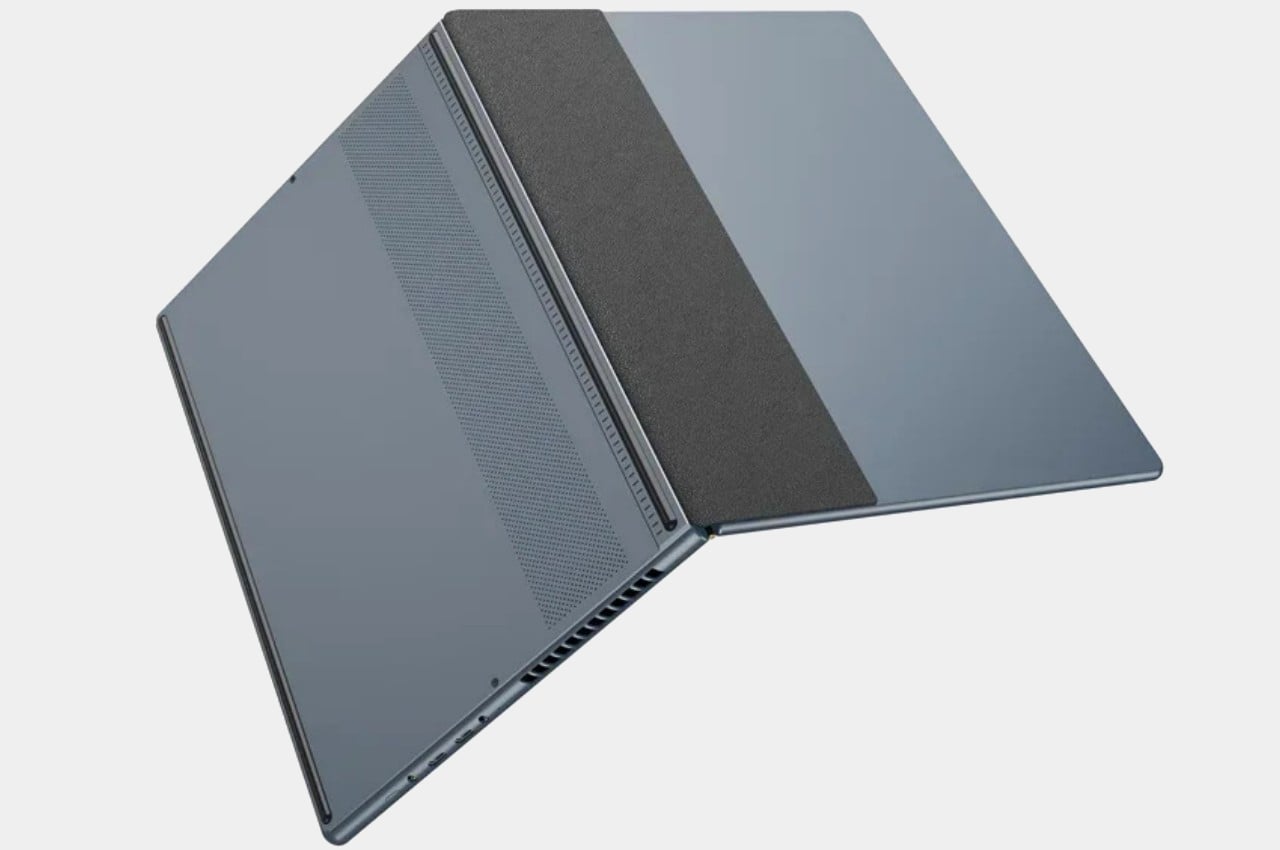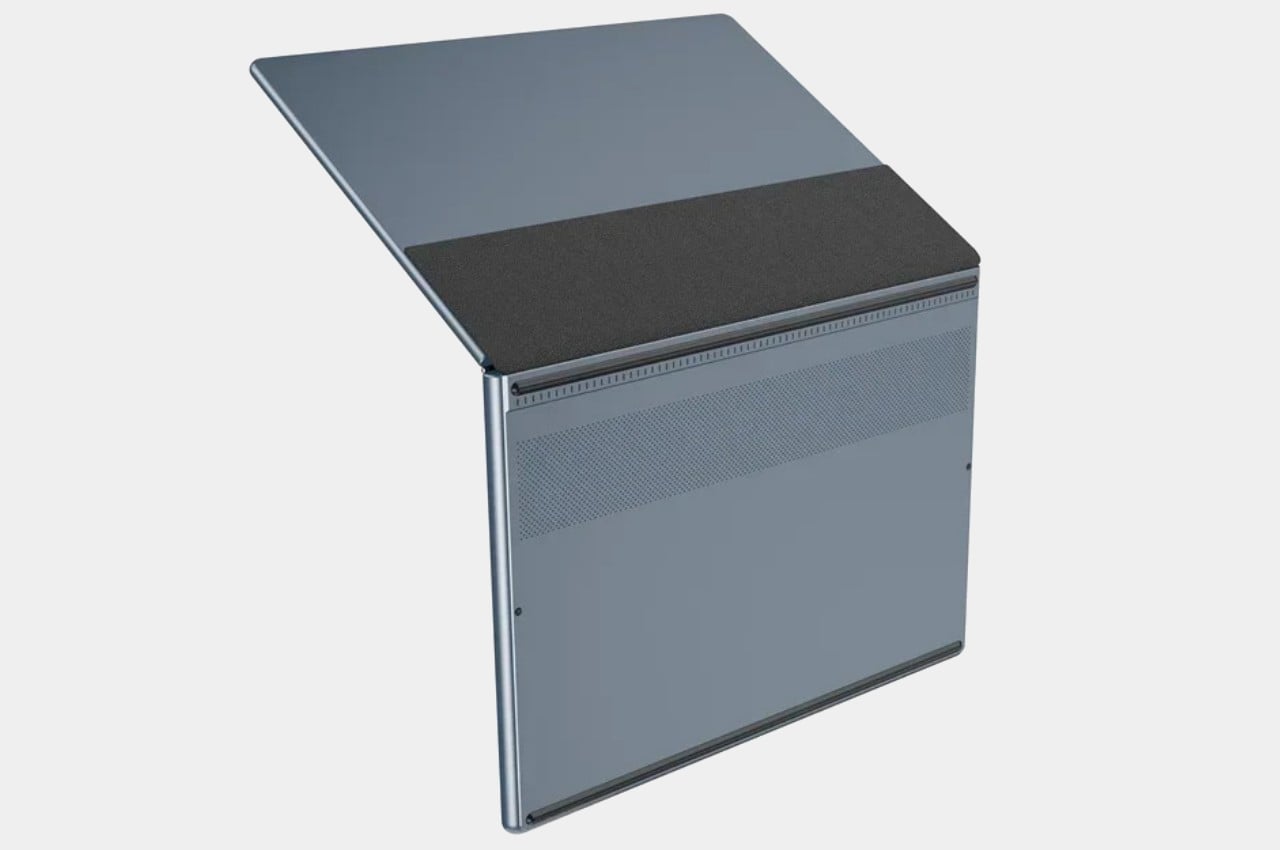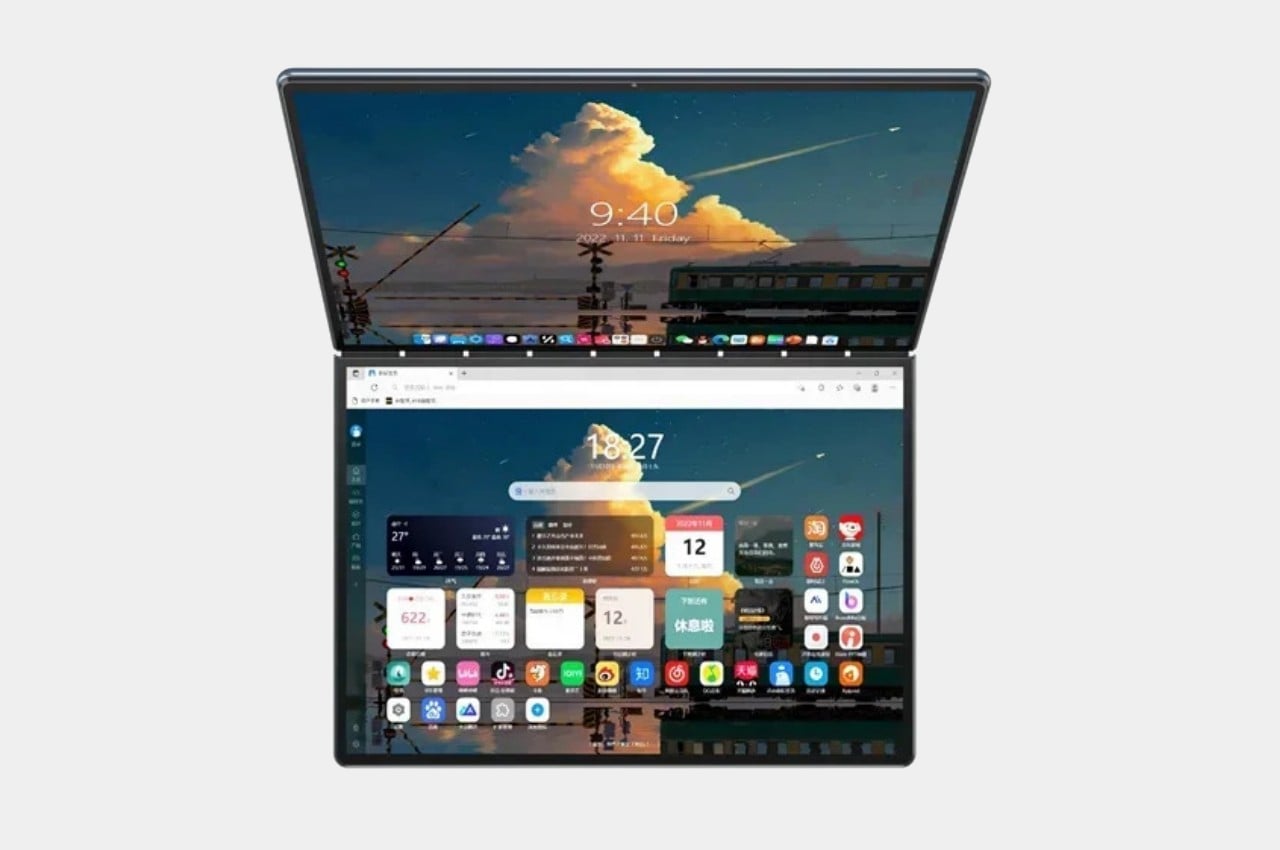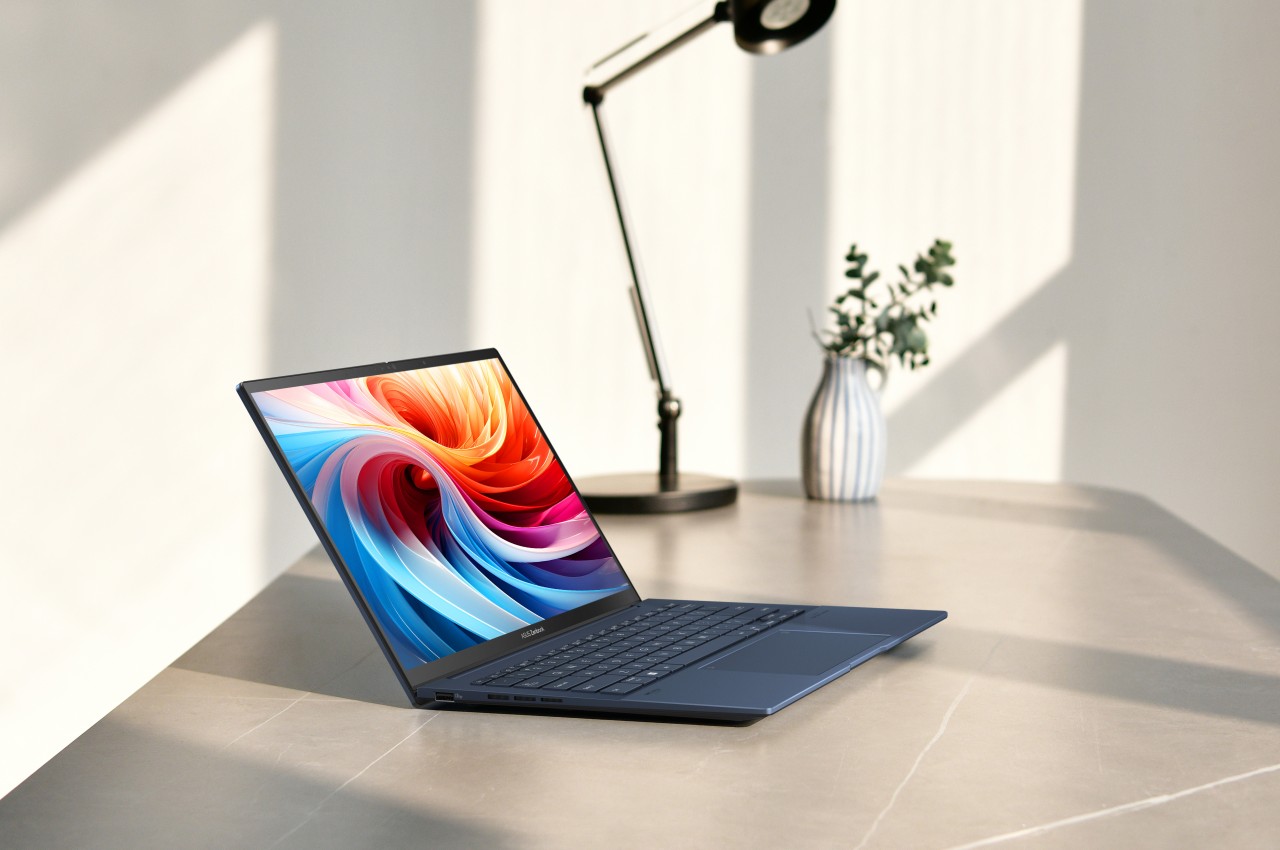
Laptops are an integral part of modern-day computing, practically replacing laptops because of their increasing capabilities and versatility. For years, it almost seemed as if innovation in this space has mostly plateaued, simply getting more of the same things, such as more processing power, more heat, more weight, and more costs. That’s no longer the case, thankfully, as major PC brands start taking risks and pushing the boundaries of what laptops are capable of, like the world’s first 14-inch dual-screen laptop that ASUS is showing off at CES 2024. In its search for incredible, however, ASUS has also learned of the weight of its responsibility to help heal the planet and keep it alive far longer, and it is showing exactly how much it has progressed in its commitment to improving not only the quality of its products but also their sustainability.
Designer: ASUS
ASUS ZenBook DUO (2024)
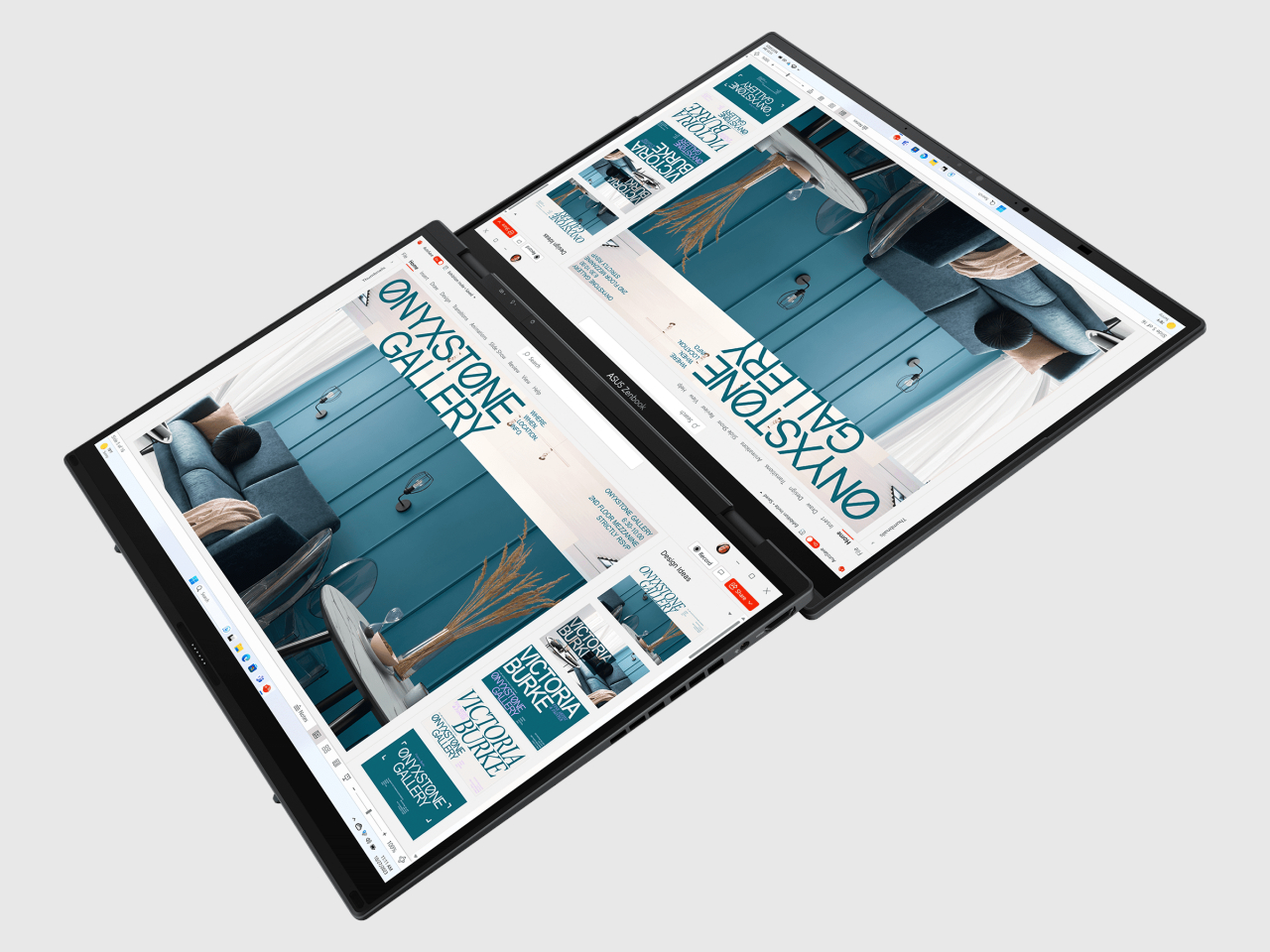
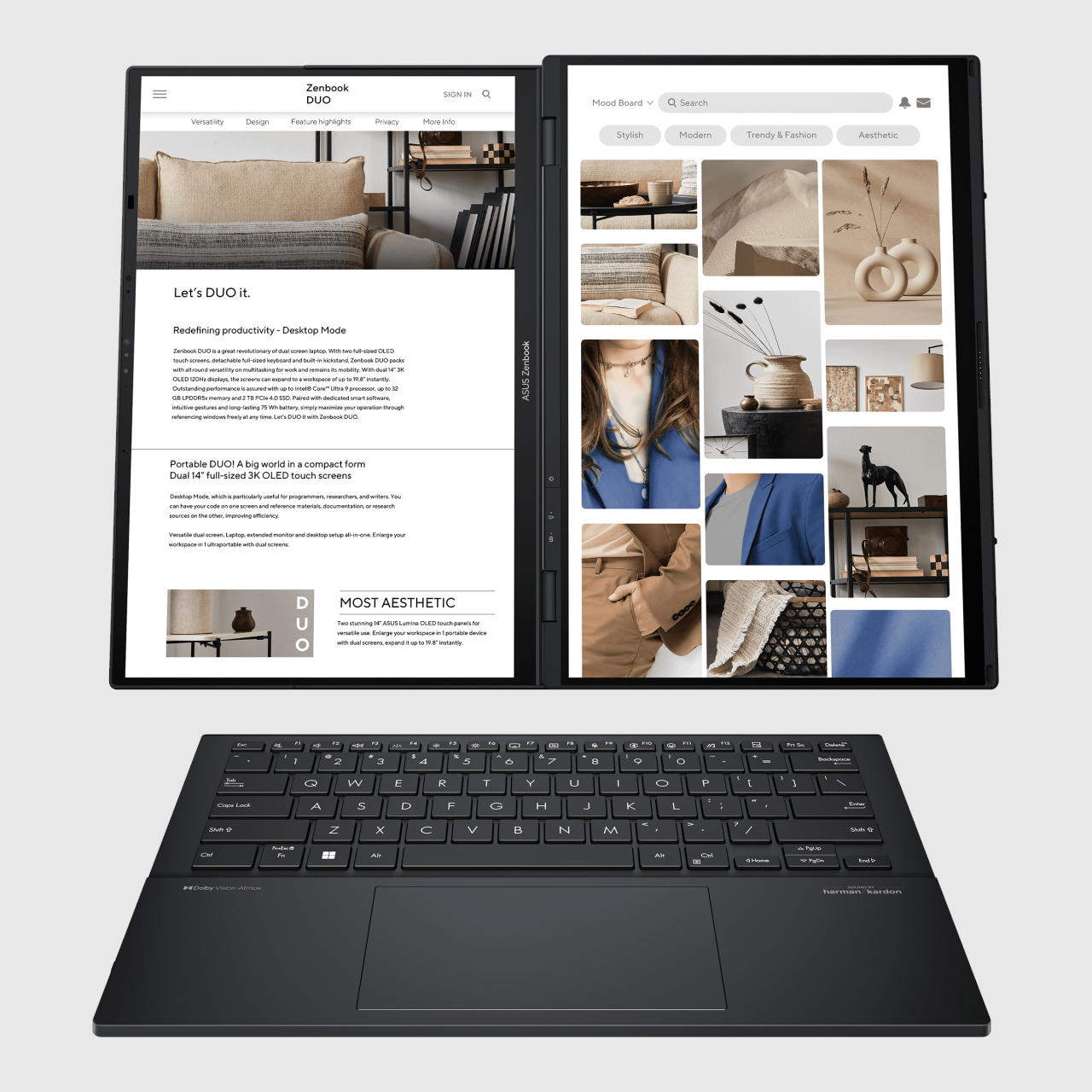
There will come a time when the foldable craze in the smartphone industry will also grip PCs, but that time hasn’t come yet. Instead, there is a precursor to this fad, one that is both more usable but also admittedly a bit more novel. Taking a cue from the canceled Microsoft Surface Neo, ASUS revealed the first commercial dual-screen laptop back in 2019 and is now showing off the refinement it has accomplished that makes the new ZenBook DUO (2024) more than just a novelty.
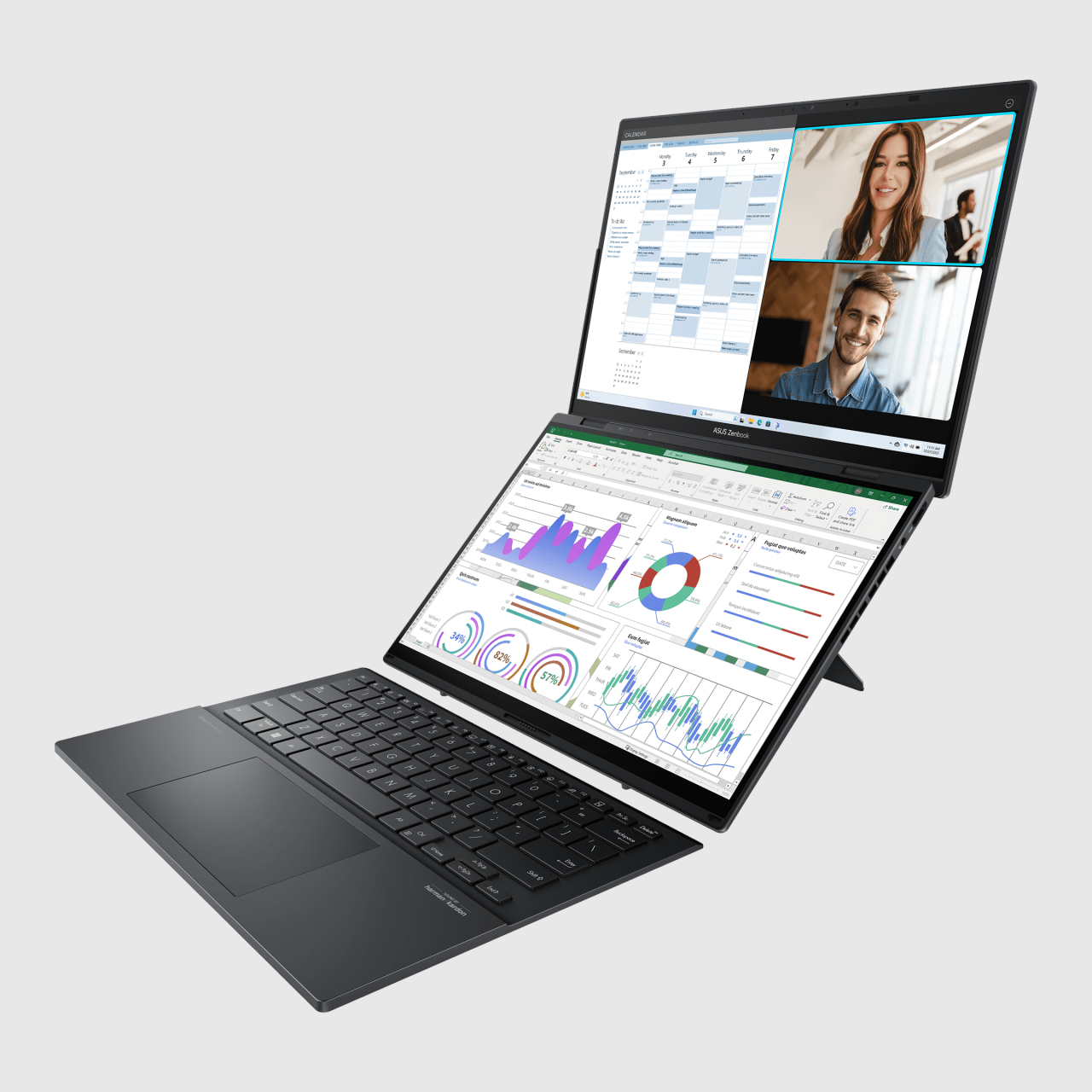
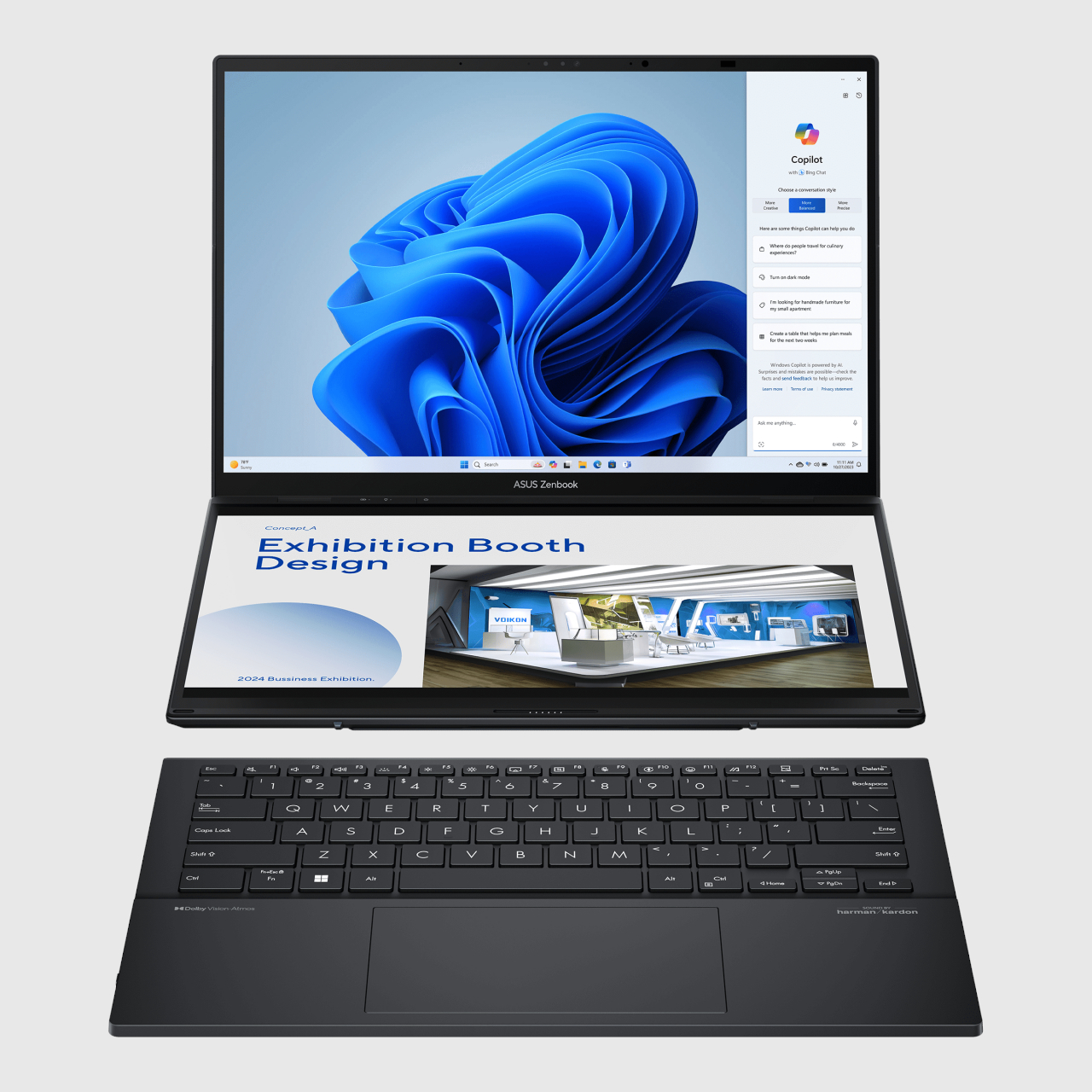
The ZenBook DUO’s spiel is simple enough. Why settle for a single screen when you can have two wherever you go? And you don’t have to carry around a portable monitor along with your laptop just to accomplish that, because that second screen is your laptop. With a detachable full-sized Bluetooth keyboard that can instantly snap into place, you can have a traditional laptop experience when you want to and a portable two-monitor setup when you need to. This year’s model takes that design up a notch with the largest screens in this niche category, two 14-inch 3K 120Hz OLED screens, to be exact. When unfolded, you’re practically getting a 19.8-inch monitor, albeit one that has a rather wide split down the middle.
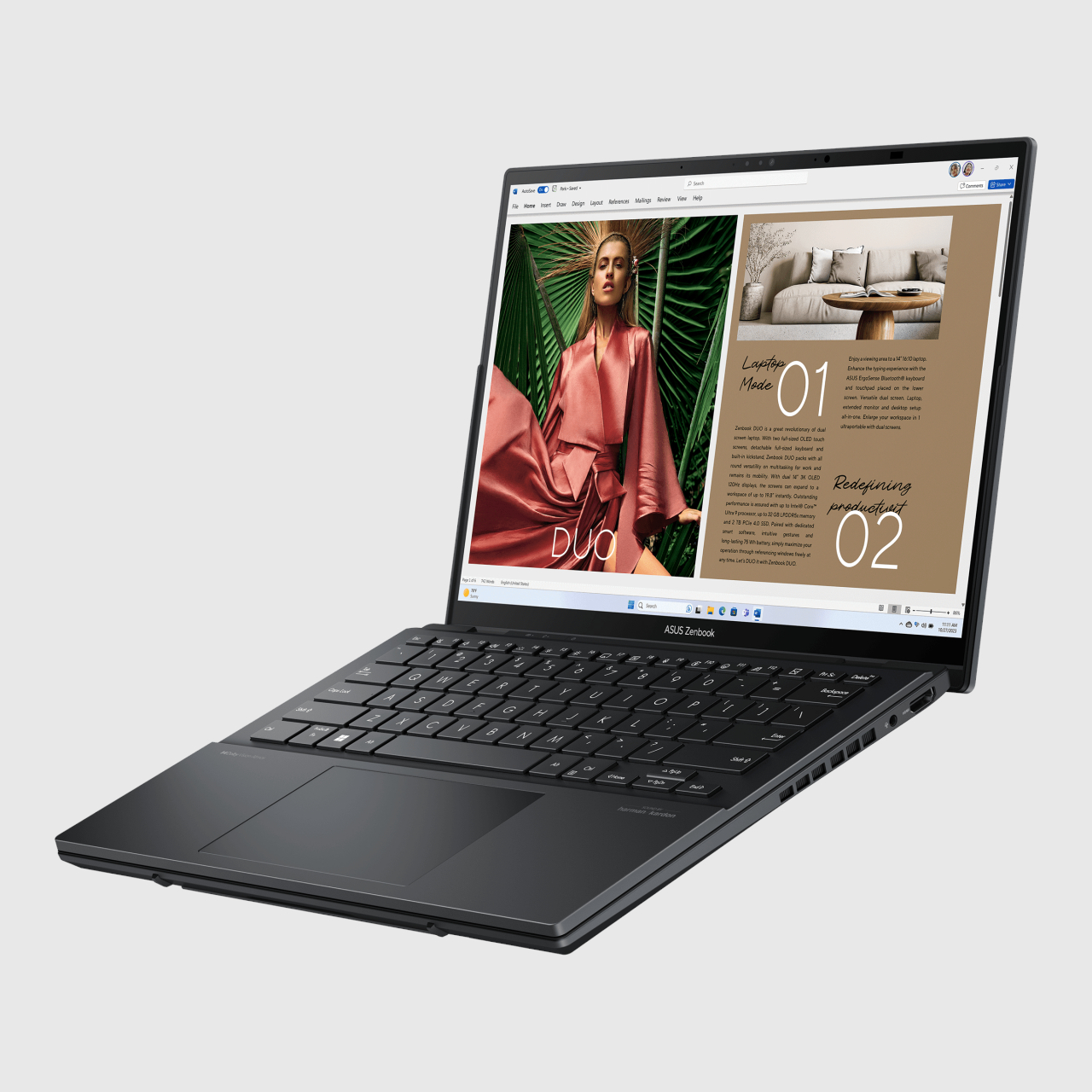
Of course, the ZenBook DUO (2024) also steps up the game with upgraded specs, starting with an all-new Intel Core Ultra 9 series processor and up to 32GB of LPDDR5x RAM. That means that the dual-screen laptop is well-equipped to handle AI-related tasks, like optimization, content creation, and more. Both of the screens support high-precision stylus input, making it a superb tool for digital design and collaboration. Thanks to its flexible and versatile design, the ZenBook DUO can offer value to any user, whether they’re a knowledge worker, a programmer, a creator, or anything in between. The ASUS ZenBook DUO (2024) UX8406 goes live in Q1 2024, with availability details to be announced closer to the launch date.
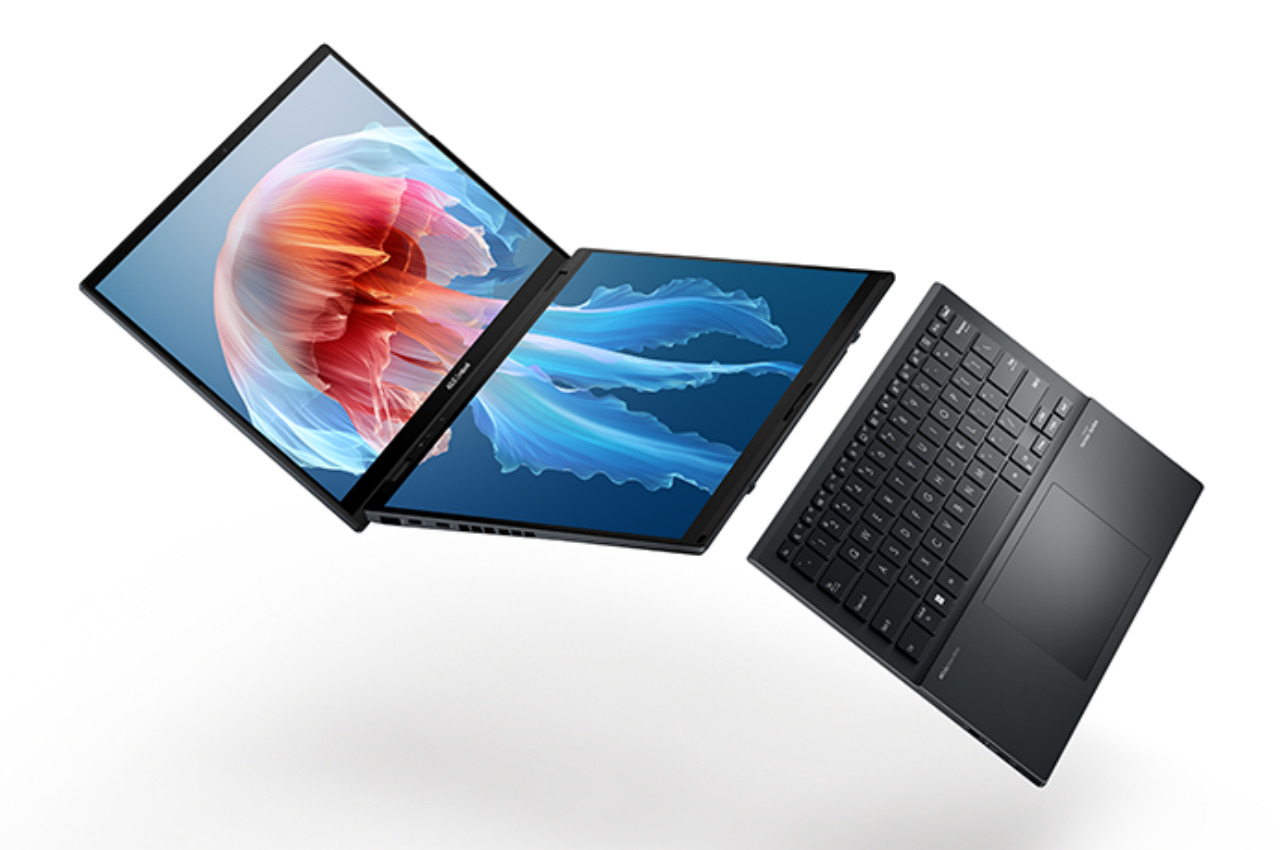
Computing for all
Of course, ASUS has more than a handful of new computers to show off at CES 2024, and, unsurprisingly, quite a number of them are carrying the AI flag. The business-minded ASUS ExpertBook B5, for example, has three AI engines courtesy of an Intel Core Ultra 7 processor. With NVIDIA GeForce RTX 2050 laptop graphics, it can handle plenty of workloads, including creating graphics or maybe even a bit of gaming on the side. A magnesium-aluminum alloy chassis gives it a professional aesthetic, while the US MIL-STD certification guarantees its survival against accidents.

The ASUS ExpertBook CX54 Chromebook Plus brings that same business sense to Google’s fleet of Chrome OS notebooks. Equipped with Intel Core Ultra processors and enterprise-level management tools, this eco-conscious Chromebook is an ideal candidate for workplace deployment, whether it’ll be used in the office or out in the field.
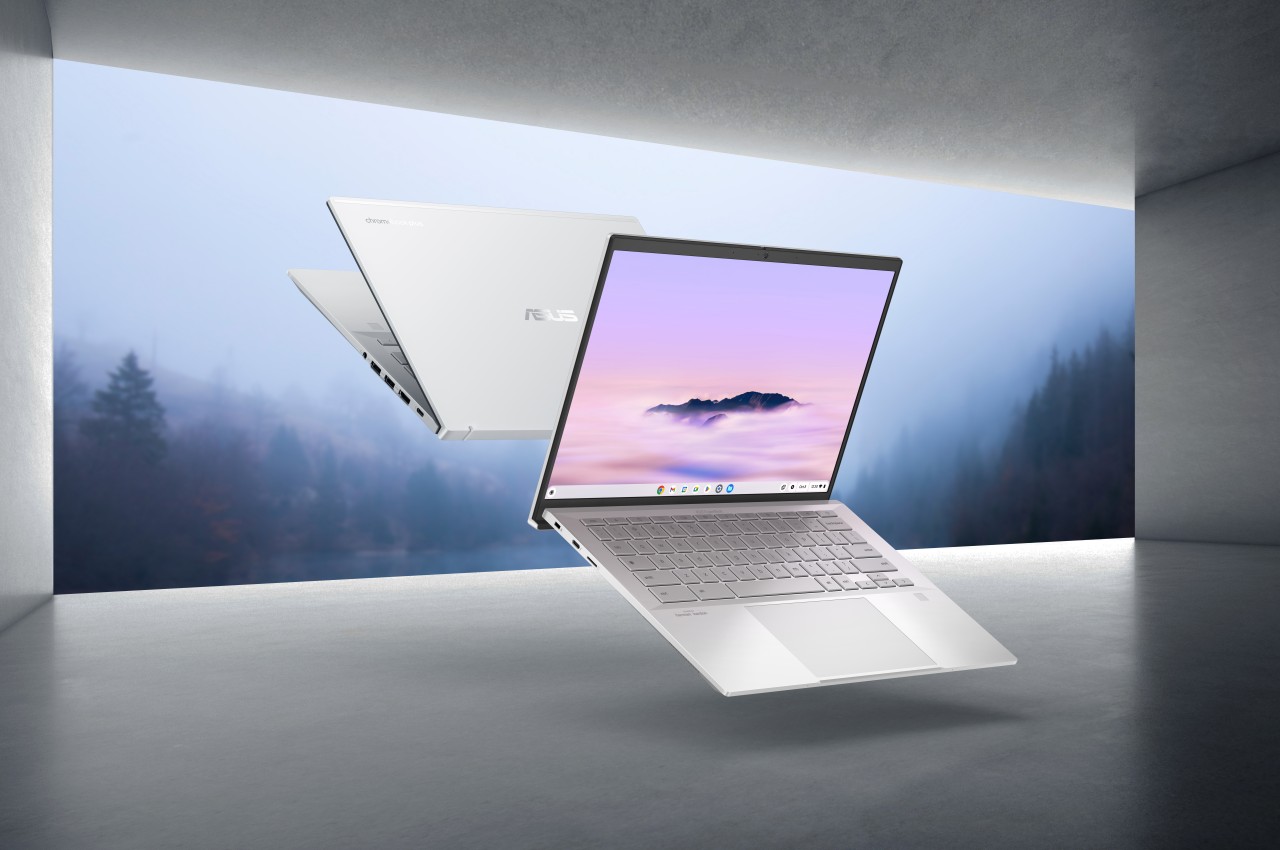
The ASUS Vivobook S laptops, on the other hand, offer thin and lightweight options for more budget-conscious consumers. Bearing a choice of Intel Core Ultra or AMD Ryzen processors, these ultra-portable computers are more than capable of supporting AI-enabled applications and services, as proven by the dedicated Windows Copilot key that is trending on this season’s laptops. Designed with collaboration and entertainment in mind, the Vivobook S14 and S16 laptops can lay flat at 180 degrees, have an IR camera with a physical shutter button, and immersive Dolby Atmos audio firing off Harman Kardon-certified speakers for an unbeatable user experience.

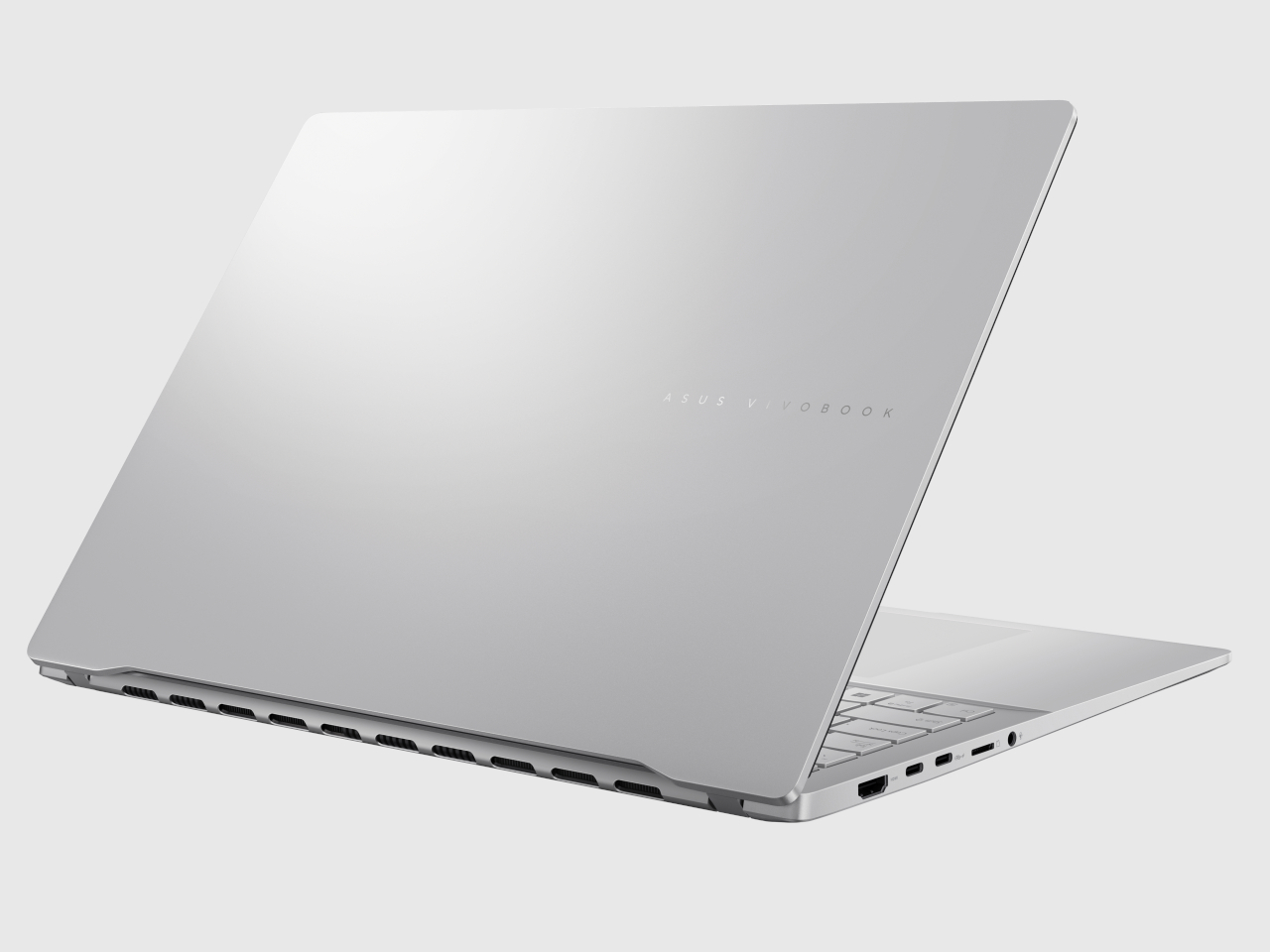
In addition to its Republic of Gamers brand, ASUS is also growing its own TUF line of gaming laptops. Putting durability and military-grade toughness as a top priority, these powerful machines make no apologies for their rugged looks. Thankfully, those rugged looks have their own charm, and ASUS didn’t go overboard with RGB styling other than on the keyboard. The latest Intel Core Ultra and AMD Ryzen 9 processors not only give it the silicon muscles every gamer needs but also enable AI-assisted capabilities for better performance, whether for play or for work.
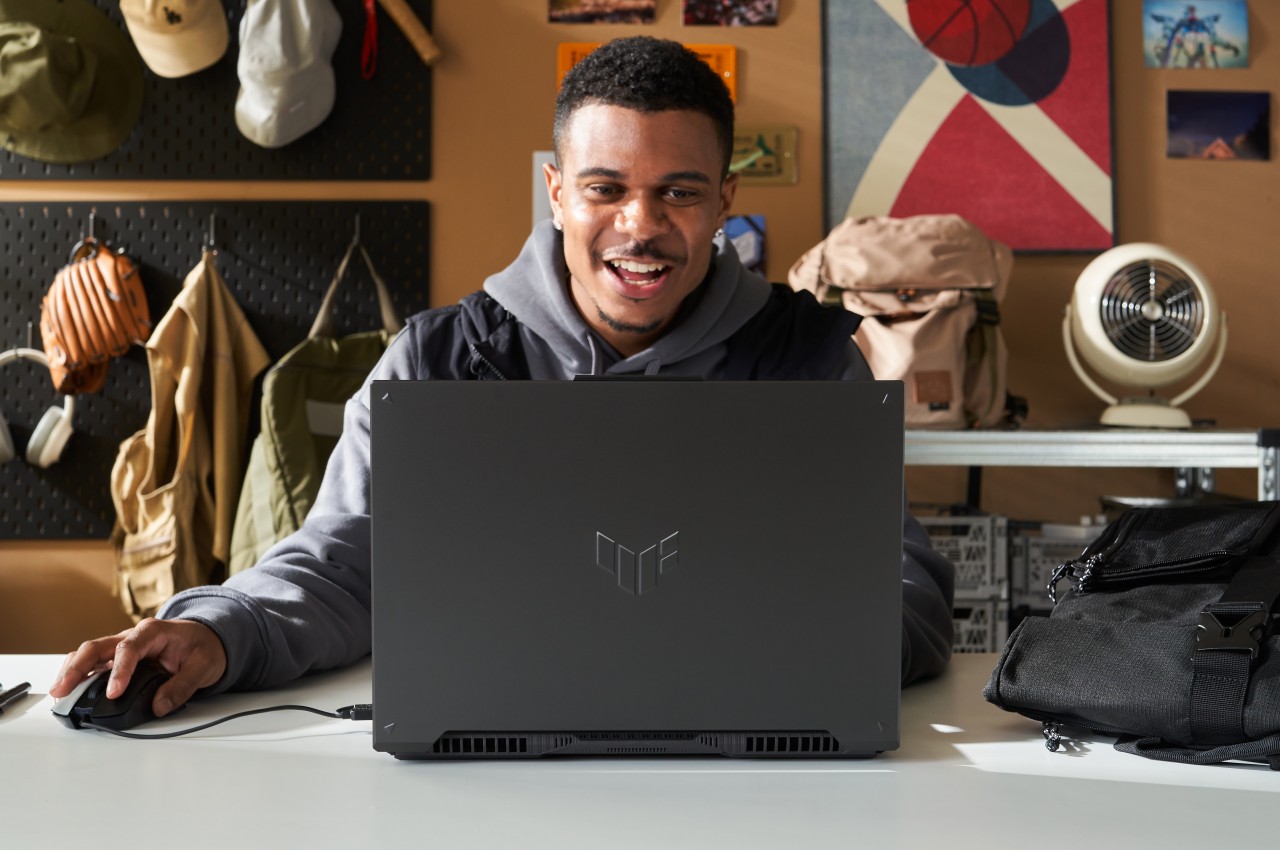
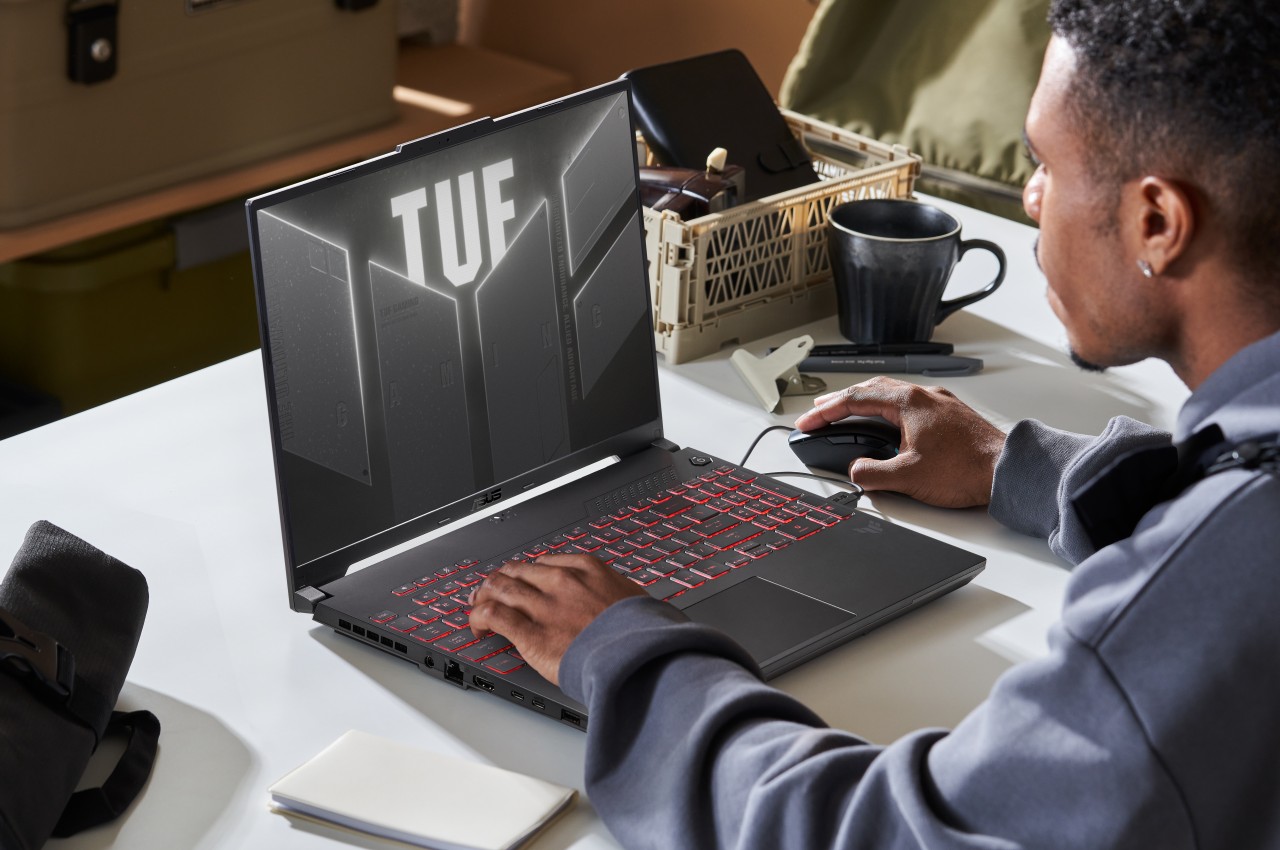
Sustainability for a Greener Tomorrow
With this many laptops every year, it’s only natural for a giant like ASUS to ask itself how much its products and their production are affecting the environment. The answer, of course, isn’t that encouraging, but thankfully ASUS is committed to changing that for the better. It has been pushing forward multiple initiatives across its businesses to reduce its negative impact or at least offset them by doing good work to heal the environment.

Focusing on the products themselves, ASUS is ensuring that many of its laptops meet the MIL-STD 810H durability standard so they don’t end up in landfills sooner than they should. It has also been increasing the use of post-consumer recycled (PCR) plastics and other recycled materials in these devices. The ASUS ZenBook DUO (2024), for example, is made from 90% post-industrial-recycled (PIR) magnesium-aluminum alloy. Similarly, the ASUS Expertbook CX54 Chromebook Plus uses 30% PIR eco-friendly material and is crafted using renewable energy. And, of course, it has been using recycled materials in its packaging to further reduce the impact of even the smallest accessory.
Whether it’s in the products themselves, the way they are produced, or its day-to-day operations, ASUS is loudly displaying its unwavering commitment to sustainable practices as it continues to search for the incredible. After all, innovation (and profits) will definitely take a backseat when humanity struggles to survive in a damaged world.

The post ASUS at CES 2024 reveals 14-inch dual-screen laptop, sustainable solutions first appeared on Yanko Design.
